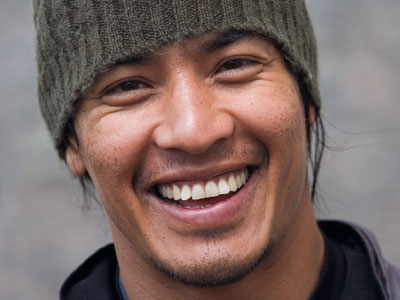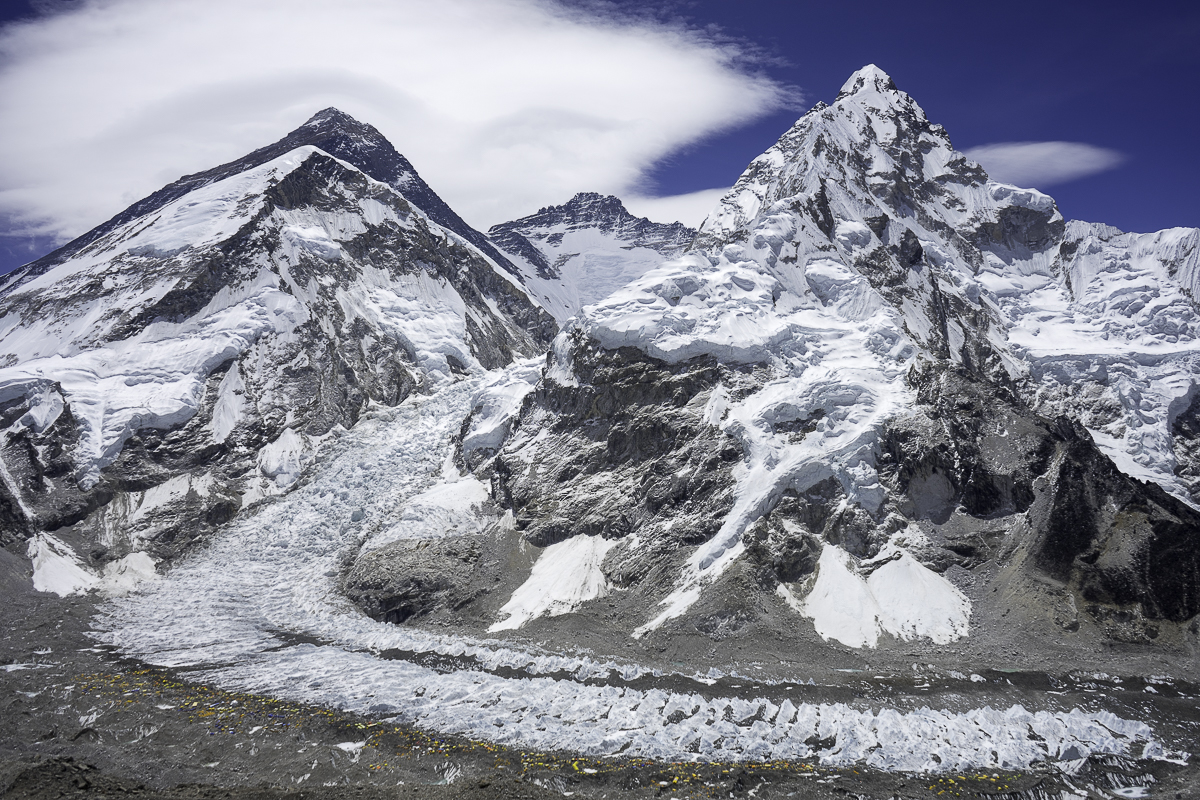
Trip Overview
The trek to Everest base camp is a comprehensive and colourful journey through Nepal’s most famous valley, the Khumbu, the home of Everest (8848m) and Lhotse (8501m).
The trail offers glimpses of Everest and Lhotse as well as other 8000m giants, Cho Oyu (8201m), Makalu (8463m) and Shisapangma (8013m).
Sherpa People – The inhabitants of Khumbu Region
Inhabiting this harsh land are the Sherpa people, an ethnic group famous for their hardiness, spirit and mountaineering prowess.
This trek journeys into the heartland of the Sherpa people providing an insight into their rich Buddhist culture and traditional way of life.
Sir Edmund Hillary grew a passion for Sherpas from his early mountaineering years and following Everest, spent his remaining years dedicated to fundraising and bringing development to the region.
Everest Base Camp Trek Season
Spring also brings climbers from around the globe with Everest ambitions. You’ll share the trail with yaks and porters carrying supplies to Everest base camp.
During Spring, the valley is awash with flowering rhododendron trees of various colors and large white magnolia trees. The rolling landscape varies from lush low alpine vegetation to dry high altitude scrub land.
During this season, Himalayan Ascent can offer you accommodation at an Everest Expedition camp.
This unique opportunity gives a chance to mix with excited and anxious climbers, and gives close up views of the infamous Khumbu ice fall. Alternatively in autumn, you can visit Ama dablam base camp or rest an extra day soaking in the views.
Everest Base Camp Trek Route
Our Route begins from the gateway airport town of Lukla at 2840m. Following the Dudh kosi river on the valley floor, the trail first passes through farming villages of mixed Tamang, Rai and Sherpa communities.
We then make a sharp ascent up to Namche, the capital of the Khumbu and the traditional trading centre of Sherpa people.
We take a less traveled road to Phortse, a typical Sherpa farming village and the site of the Alex Lowe Charitable Foundation’s Khumbu Climbing School.
Many Sherpa climbers come from Phortse and have been trained at the Khumbu Climbing School.
From here it’s a short trek to Pangboche, the highest permanent Sherpa settlement. We acclimatize in Dingboche first before trekking the last few kilometres of a high altitude trail to Everest base camp.
Kala Patthar – The highest point of Everest Base Camp Trekking
The view of Everest and Lhotse from Kala Pattar, our highest point, is a magnificent reward! The return route passes through Tengboche and the Tengboche monastery. This is the largest monastery in the region and is open to visitors to share prayer time with monks.
Trip Highlight
- Stunning views of Everest, Lhotse, Nuptse and Ama dablam
- Colourful Buddhist culture
- Spirited Sherpa people
- Alex Lowe Foundation’s Khumbu Climbing School Tengboche Monastery
Trip Grading
This is a trek only and it requires no prior trekking experience. Good fitness is required as most days will involve 4-6 hr of trekking carrying up to 5kg daypack. The trail is non-technical but will reach a maximum altitude of 5550m.Food & Drinks
Trip Itinenary
A Himalayan Ascent representative will collect you from the airport. It’s a free day to recover from your international flight. Later in the evening, there will be a group briefing and welcome group dinner.
This is a free day for you to explore the crazy, yet wondrously beautiful city of Kathmandu. Home to 5 World Hertiage sites, Kathmandu is a stunning landscape of handcrafted wooden palaces (durbar or palace squares of Kathmandu, Lalitpur and Bhaktapur) and glorious Buddhist stupas (Swayambu and Boudhanath). It’s a city that stimulates all senses, so be prepared because Kathmandu is a city that demands attention.
Our trip begins with an early morning 30 min flight to Lukla, that flies over endless rolling hills covered with green terraces. Once in Lukla, we have a short break to organise porters and gear before starting our day’s walk, descending and ascending to Monjo. We pass green villages and colourful maniwalls as we follow the Dudh kusi river upstream. This region is Buddhist so remember to walk clockwise or to the right of maniwalls and prayer flag poles. Monjo is an apple farming village situated near the base of the hill up to Namche. Take the time to drop into the Monjo school, they love visitors.
Before leaving Monjo, we’ll drop into the Khumbu National Park Information Centre where you can trace our trail from a 3D model of the region. The route crosses several steel suspension bridges covered with katas, white well-wishing scarves, and prayer flags. From the last bridge, it’s a 2-3 hr hike up to Namche. On a clear day, you can catch your first view of Everest from a lookout about mid-way up the hill. Once in Namche, you have the afternoon to rest, do last minute gear shopping or catch locals enjoying the Saturday market.
We spend an extra day in Namche before trekking higher to allow our bodies to adjust to the lower levels of oxgyen in the air. In the morning, we will walk up to the Everest View Hotel to enjoy a panoramic view of Everest, Ama Dablam and Thamserku. It’s just a taster for the spectacular scenery to come! From here, you can explore the villages of Khunde and Khumjung where Sir Edmund Hillary opened a hospital and school, respectively. Or the afternoon is free for wandering around Namche, emailing friends/family or relaxing over coffee and cakes in the bakery.
The trail behind Namche is a gentle track that traverses high above the Imja river with overlooking views of Thamserku and Ama Dablam. We pass a chorten in memory of Tenzing Sherpa, Sir Edmund Hillary’s climbing partner, before reaching Kyangjuma to break for morning tea. We split from the regular traffic of trekkers heading to EBC by taking the higher road up to Mong for lunch enroute to Phortse. Many villagers still depend on potato and buckwheat farming here, but Phortse is also known for producing many climbing Sherpas to supplement incomes. Since 2003, the Khumbu Climbing School which operates in Phortse has trained many keen young men and women. Every winter, reowned international climbers and local guides work together to run climbing courses. The partnership has not only increased climbing enthusiasm amongst locals, but has also improved general climbing safety. On arrival, we will stop into the Khumbu Climbing School to check their activities, perhaps even getting in a rock climb at the nearby crag.
Heading out of Phortse you will see Cho Oyu, the 6th highest mountain in the world up the Ngozumba glacier leading to Gokyo lakes. The trail to Pangboche is an easy day of traversing with views of Tengboche monastery just across the valley. Pangboche is the highest permanent settlement with the oldest monastery in the Khumbu. The horizon from here to Lobuche is dominanted by Ama Dablam, (6856m) one of the most picturesque mountains in the Khumbu that is technically demanding to climb.
We take a rest day in Dingboche to acclimatise to our increased altitude gain. In the morning, we’ll walk up to a lookout to touch the 5000m mark. It’s a steep climb but the views of Makalu (8463m), Lhotse (8501m), Nuptse (7861m) and on clear days, Cho Oyu (8201m) and Shispangma (8013m) are worth any feelings of breathlessness. After lunch, if you’re feeling energetic, you can hike towards Chhukung village or down to Pheriche. Alternatively, curling in with a book and hot chocolate is also recommended.
Just above Dingboche and along a plateau of yak herder shelters, we enter a serene santuary of panoramic mountains. Take a moment to absorb and reflect on feelings of excitment that Everest is just around the corner! Passing Dughla, it’s a 1 hr hike up to Thokla pass (4830m) where memorials have been built for fallen climbers. We then cross rocky terrain to Lobuche for the night.
Gorak Shep is the last settlement before reaching EBC. From Lobuche, it’s a short walk of a couple of hours across a glacier moraine to reach there around mid morning. After a quick refreshment, we will hike the trail up the large black hill behind our teahouse. The summit of Kala Patter or “Black Rock” offers us our first real look at Everest, an unobstructed view of the highest mountain in the world. Alongside it stands Lhotse, the 4th highest in the world. Kala Pattar is also our highest point on the trek. We trek back down to a hearty lunch and a good rest.
Finally we reach our objective today, EBC! We walk further along the rocky terrain alongside the Khumbu glacier to EBC. This pile of rocks sitting at the foot of the infamous Khumbu ice fall in spring is home to some 30 teams (hundreds of climbers and support staff) aspiring to climb Everest. In the afternoon, we’ll take our time inspecting the Khumbu ice fall and visiting the Himalayan Rescue Association. We’ll spend the night at EBC using the camp facilities of Himalayan Ascent’s Everest/Lhotse operation. This is a great opportunity to see firsthand, what it takes to climb an 8000m mountain. During autumn, instead of staying at EBC, we’ll spend a day visiting Ama dablam base camp or simply resting with fantastic views and a good book.
As we trek the undulating glacier trail back to Thukla pass, we look back and around at the snow peaks within this wonderous valley. You can understand why this region attracts so many climbers to this playground of mountains. We continue the downhill trail to Pheriche.
As we descend to lower altitudes, every step you take from here to Lukla, you will feel rejuvenated with increasing oxygen in the air. We have lunch at Pangboche, cross the river and pass through Deboche to reach our destination of Tengboche for the night. Tengboche monastery is famous for hosting the major Buddhist festival, Mani Rimdu, in November. The monastery itself was rebuilt after a fire in 1989. Visitors are allowed to observe prayer time with the monks at mid morning/mid afternoon. This is not to be missed! Also enjoy a cake at the bakery.
It’s a big descent from Tengboche to the Dudh Koshi river crossing, followed by a 45 min hike up the otherside heading back to Namche. The trail from here is an easy traverse with familiar sights of Thamserku and the Kongde range. We pause in Namche for lunch before making another big descent back to the valley floor. Crossing over the many suspension bridges in warmer temperatures again, we evenutally break in Monjo for the night.
Enjoy the sights of the maniwalls around Ghat and other villages, as we make our way back to Lukla. This is our last opportunity to take in the Buddhist culture that has prevailed throughout the trek before returning to the melting pot of cultures found in Kathmandu.
Another early morning flight out of Lukla back to Kathmandu. You have the rest of the day to rest from the trek. A massage is highly recommended!
Our last day to catch in some sight seeing, shop, relax and prepare for departure. If you didn’t make it to Bhaktapur or the other durbar squares in Patan/Kathmandu, make sure you don’t miss these world hertiage sites. They provide another viewpoint of Nepal’s diverse culture and ancient architectural talents.
We bid Kathmandu and Nepal farewell….until next time.
Inclusions & Details
Cost Inclusion
- Trekking permits
- 4 nights Kathmandu hotel
- trekking guides
- transport in Nepal
- extensive high altitude wilderness first aid kit
- all meals outside Kathmandu
- porters to carry personal/group equipment
- down jacket
- sleeping bag and expedition duffel.
Cost Exclusion
- international flights to Kathmandu
- meals in Kathmandu (USD 10-15 per meal)
- aerated and alcoholic beverages, personal items (e.g. phone calls, laundry)
- tips
- travel insurance (incl. early departure , mountain rescue) and personal trekking gear
Trip Gallery
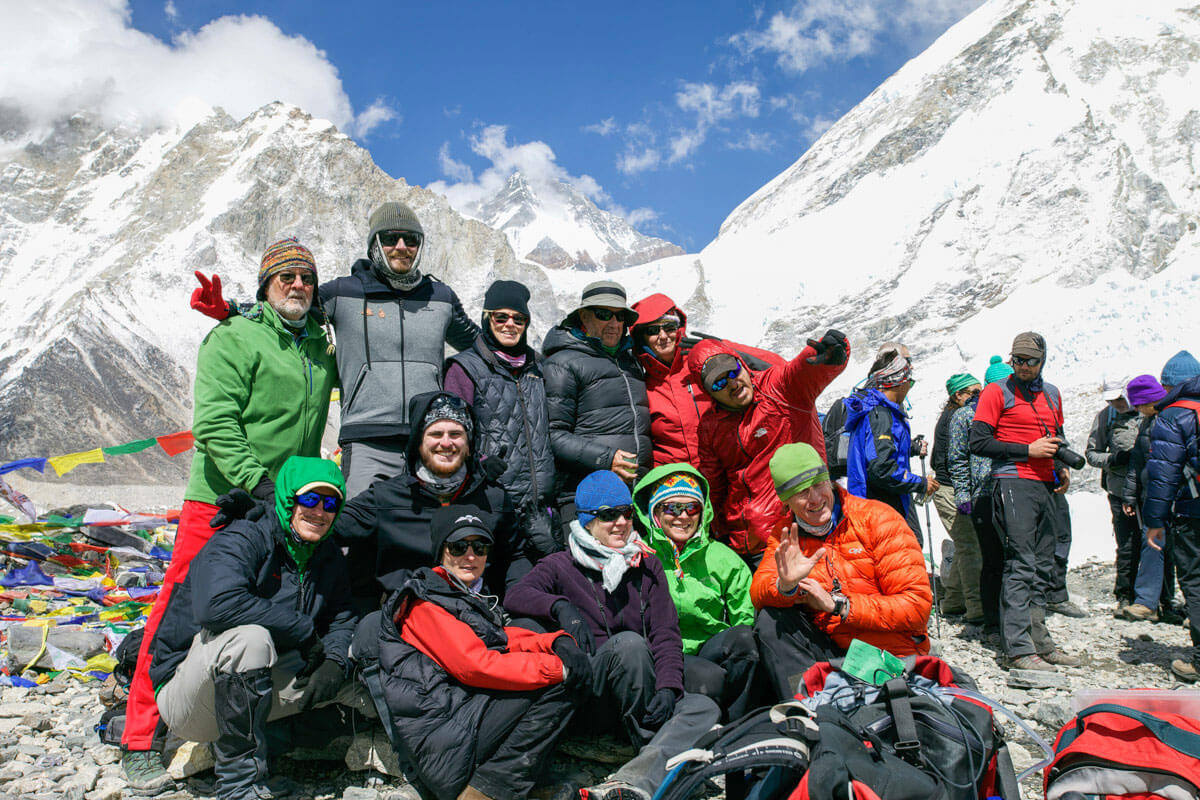
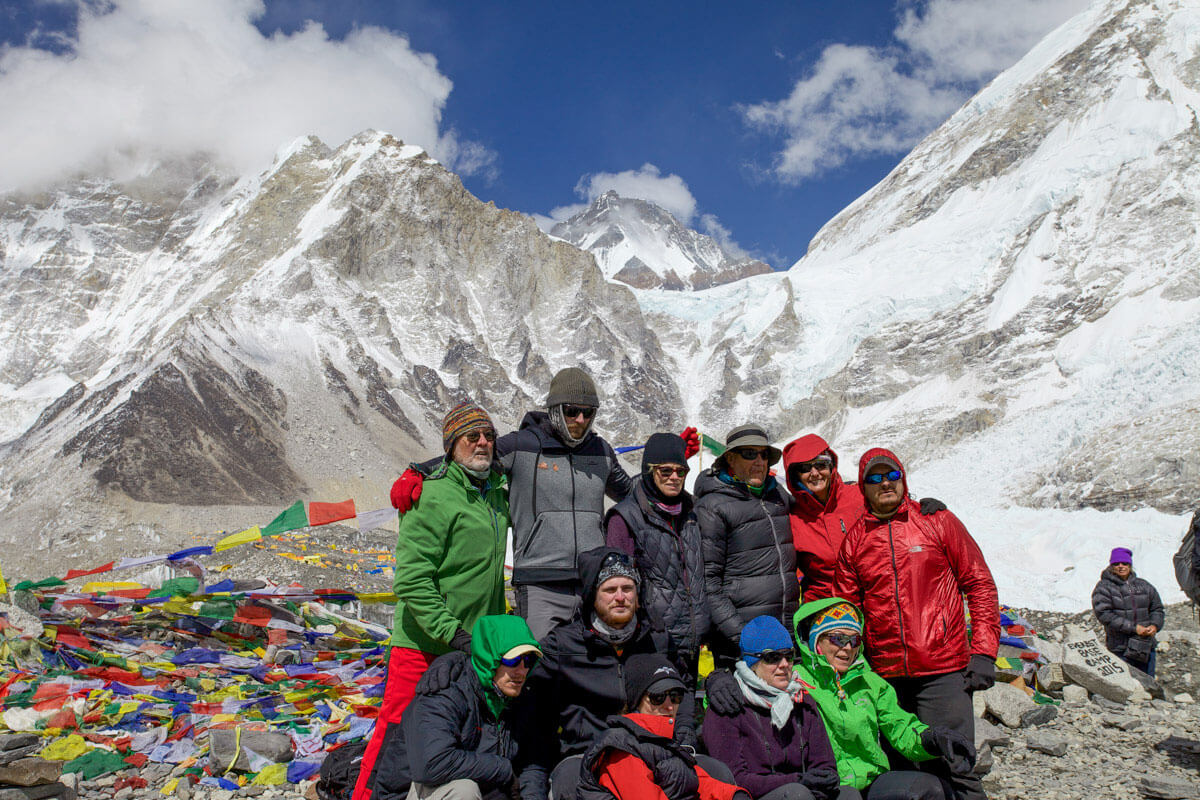
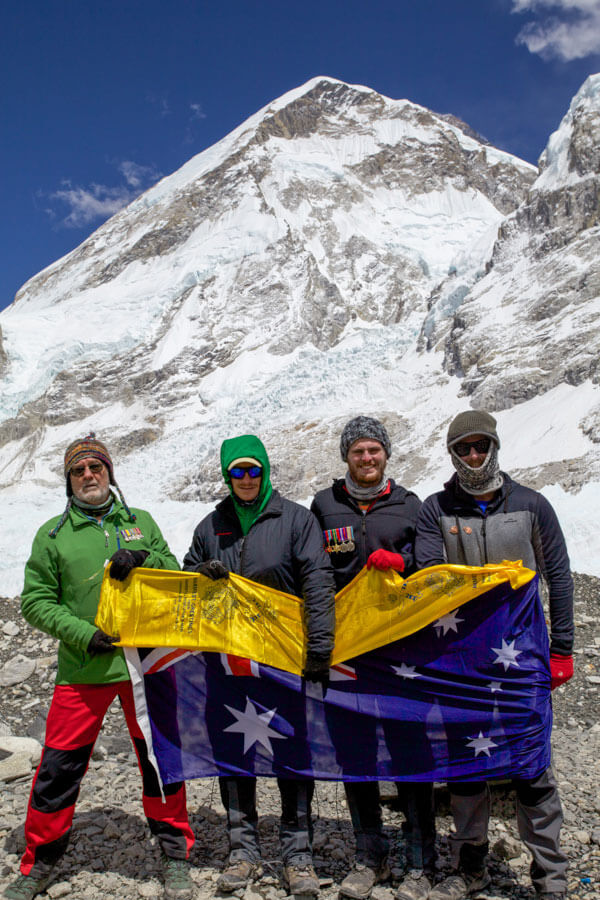
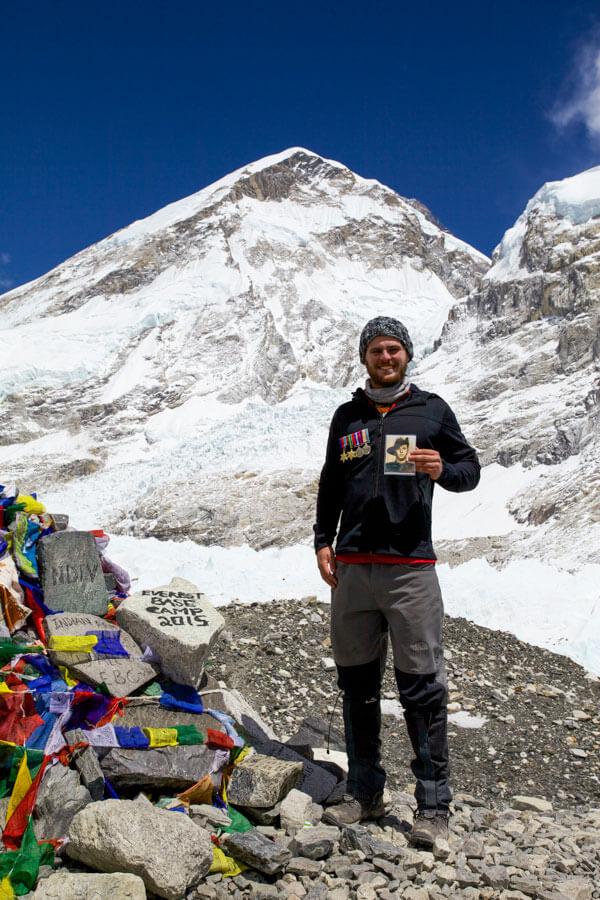
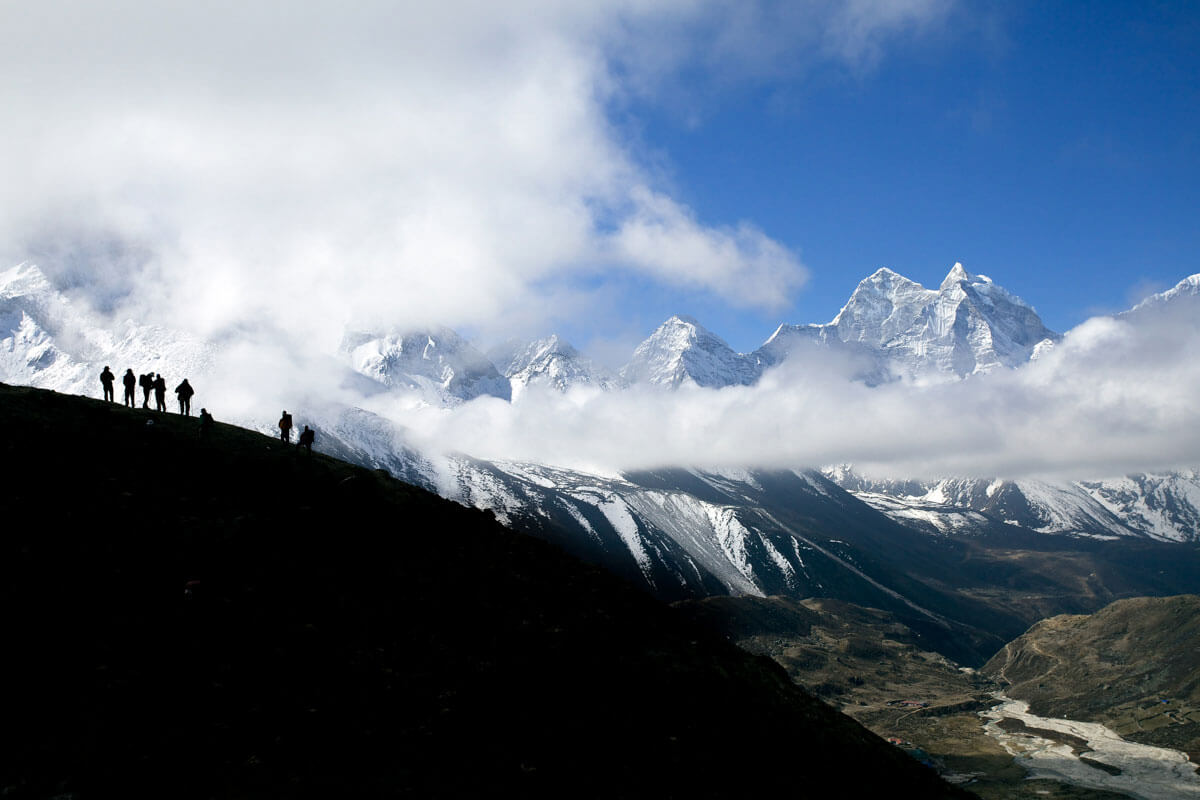
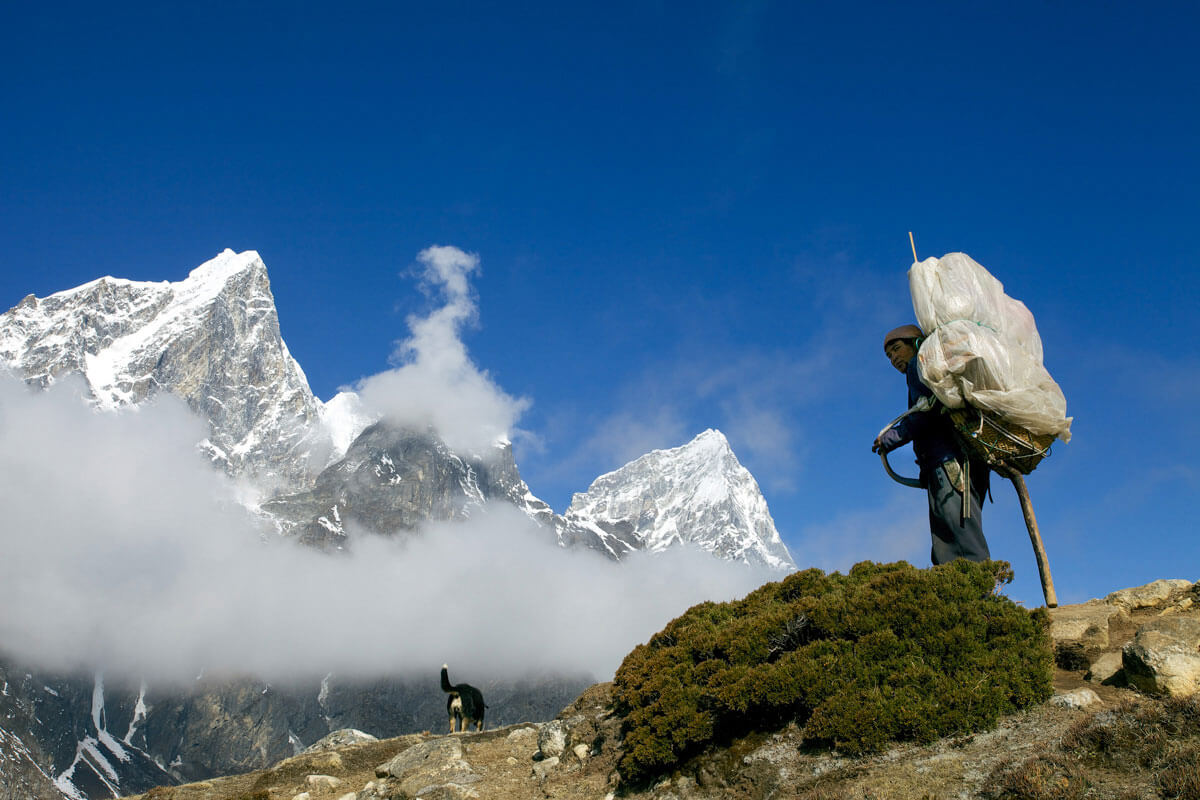
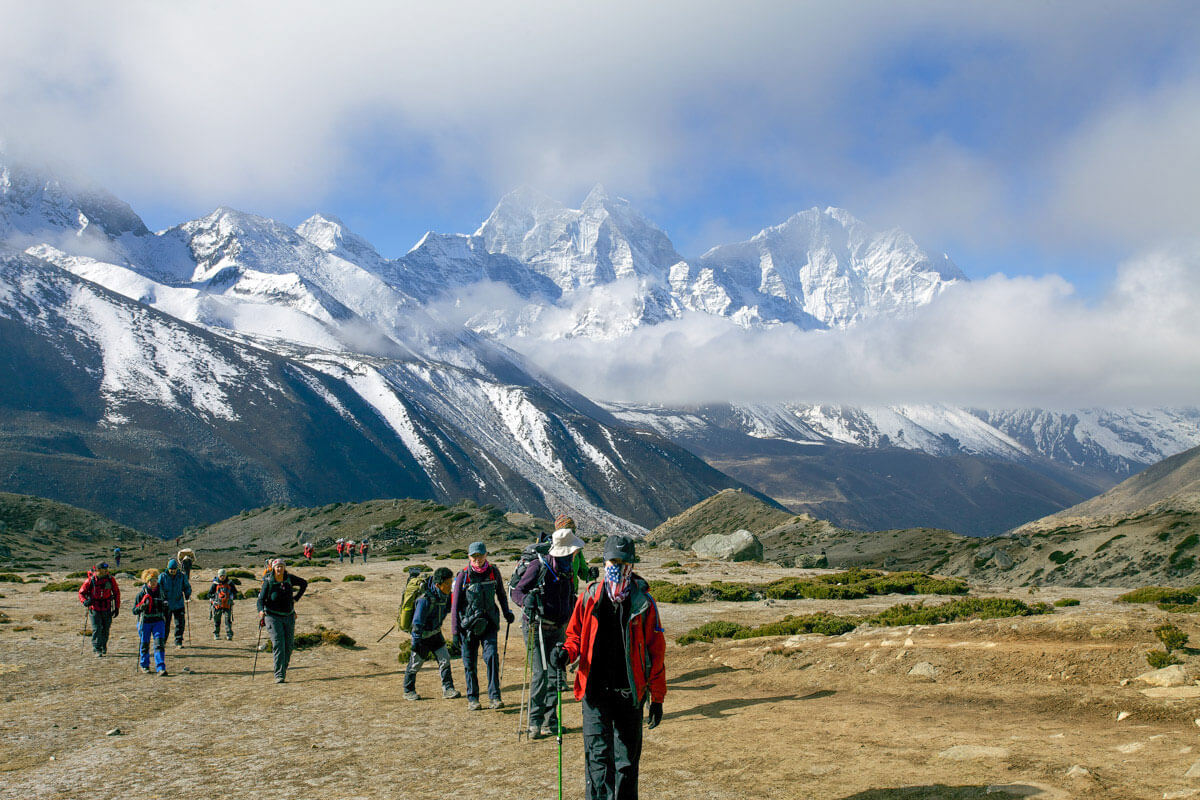
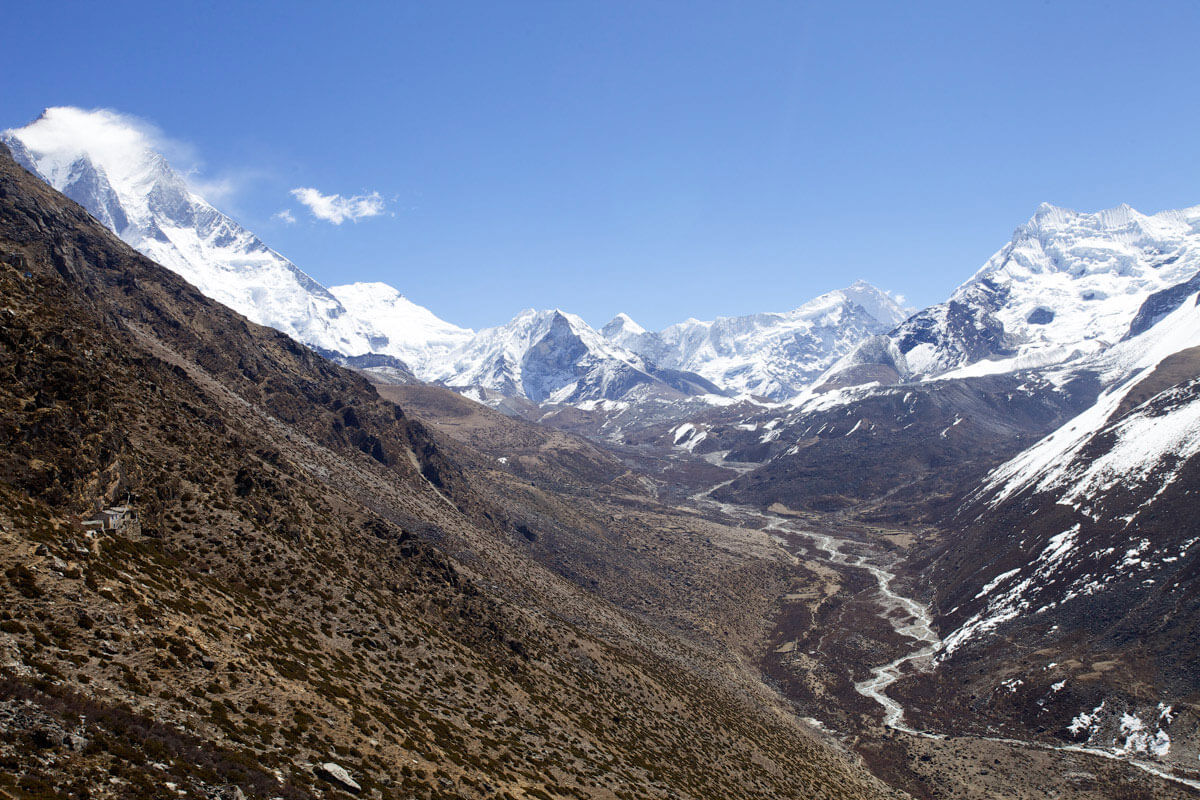
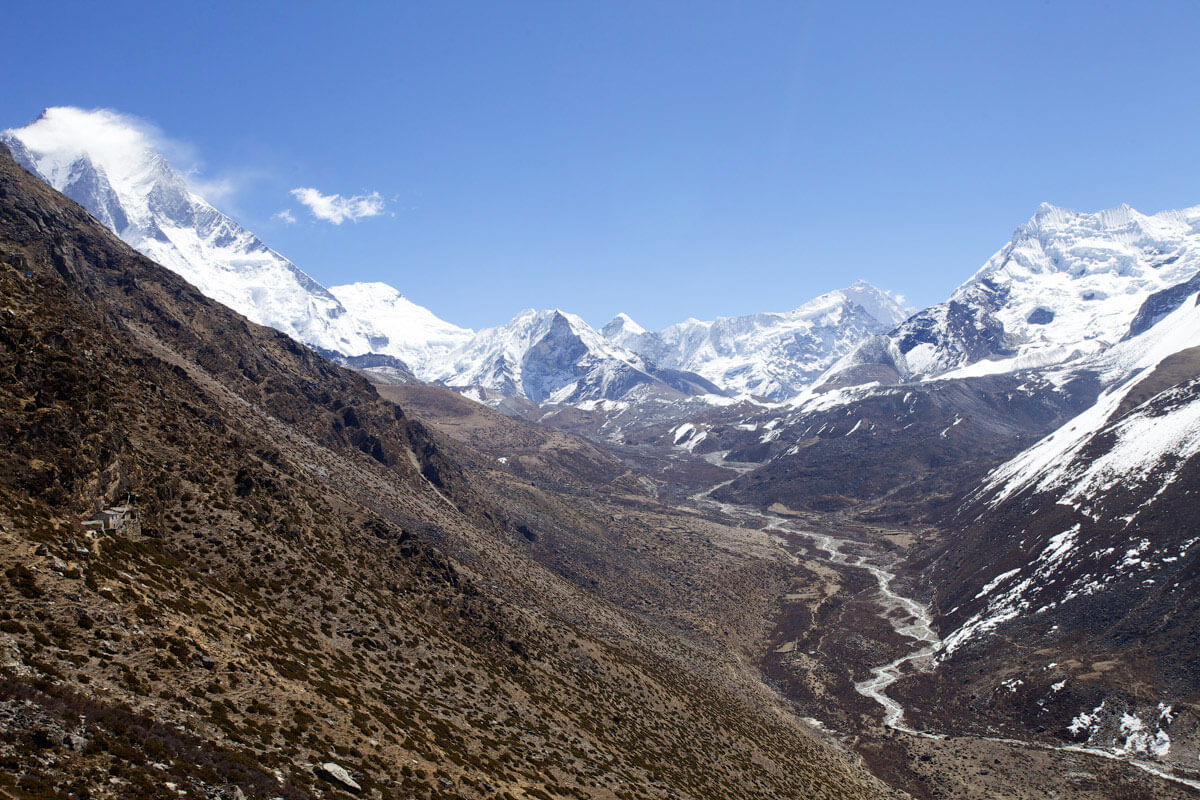
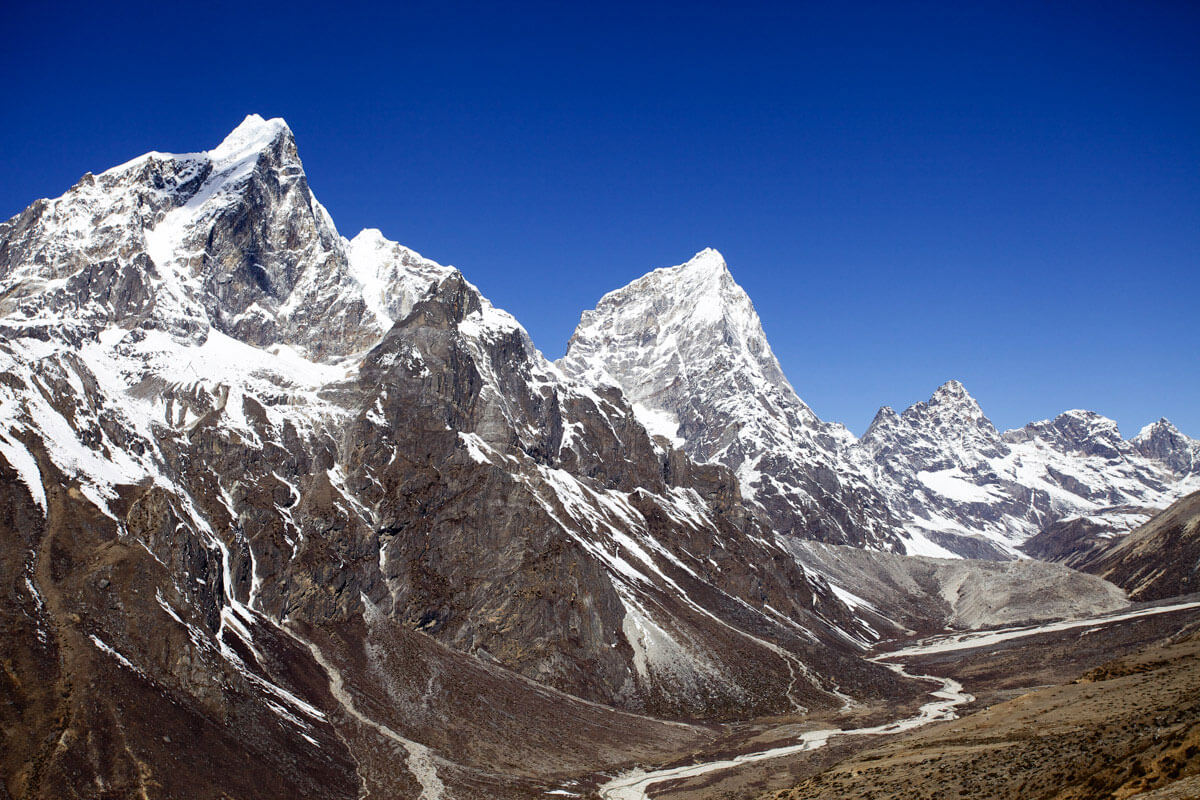
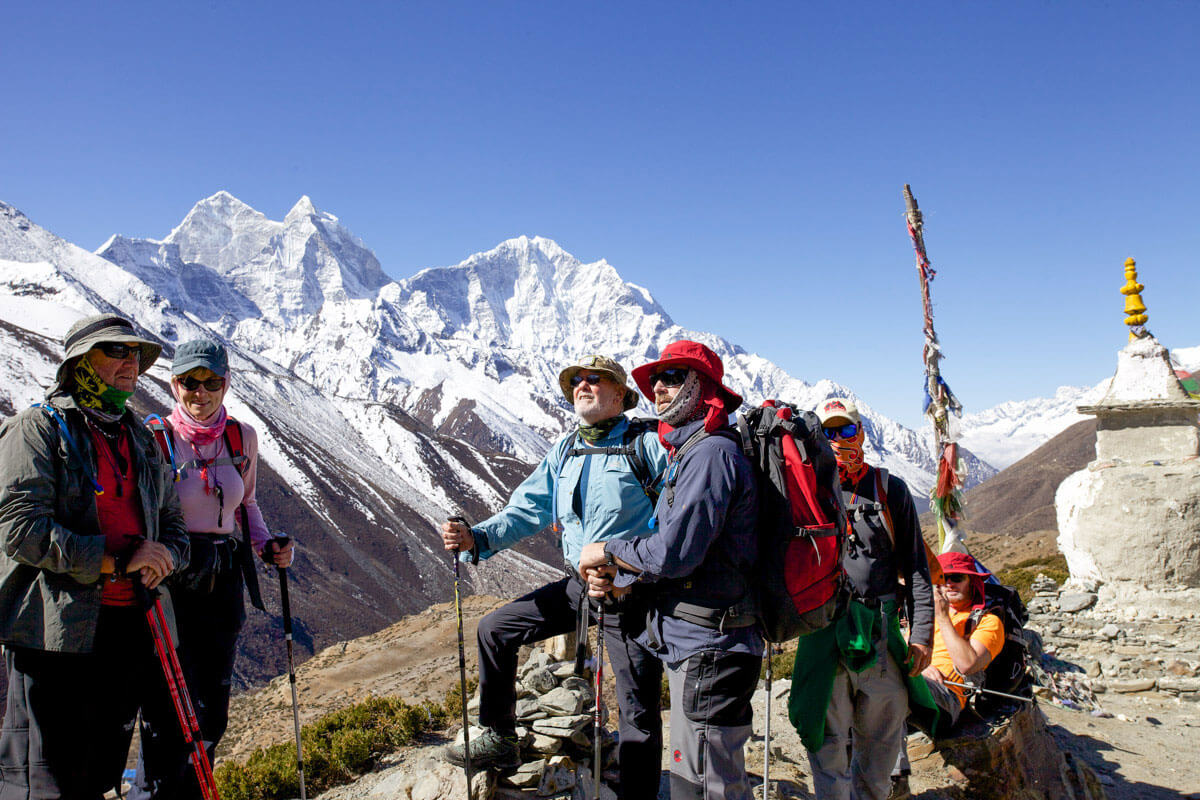
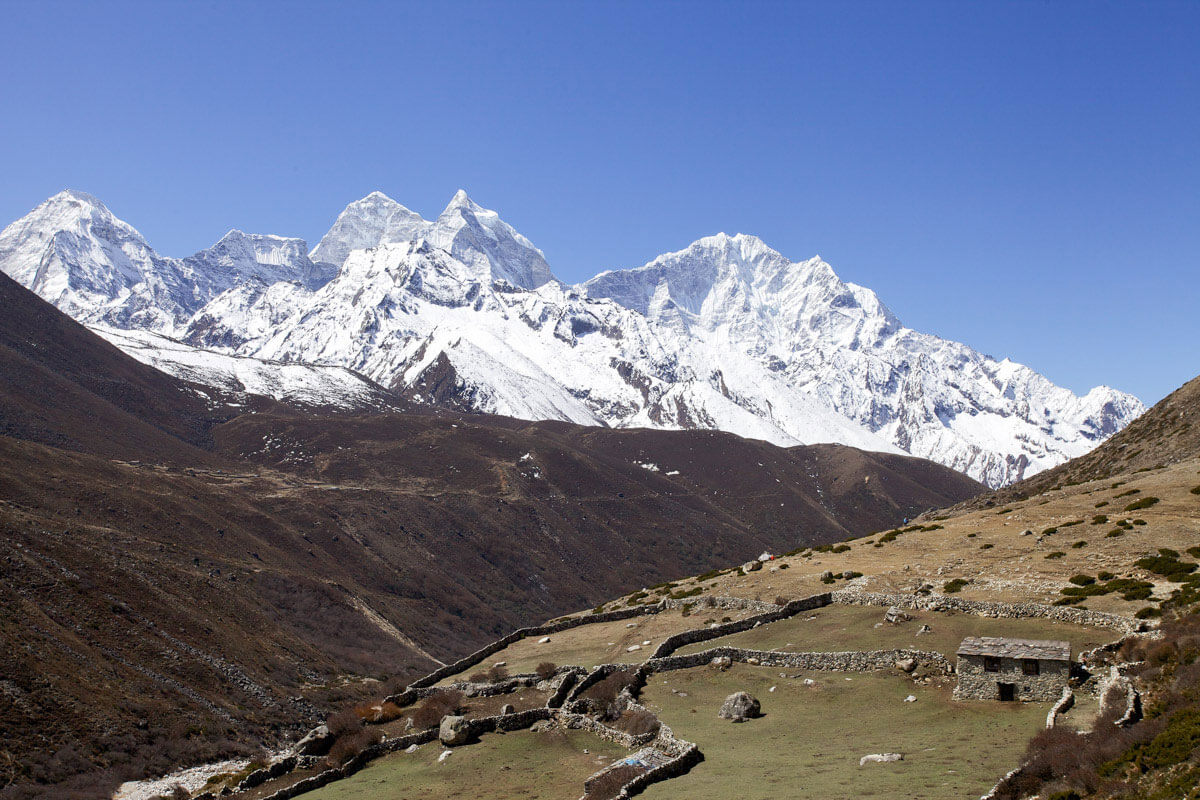
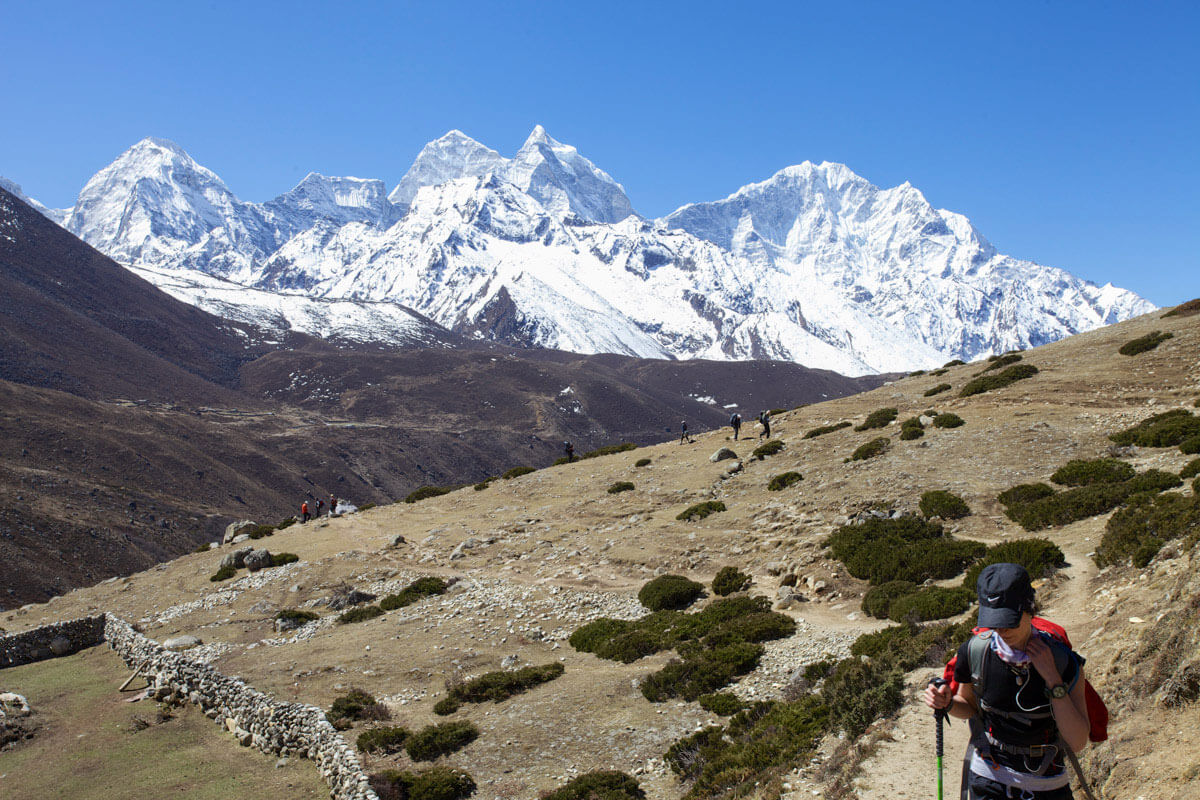
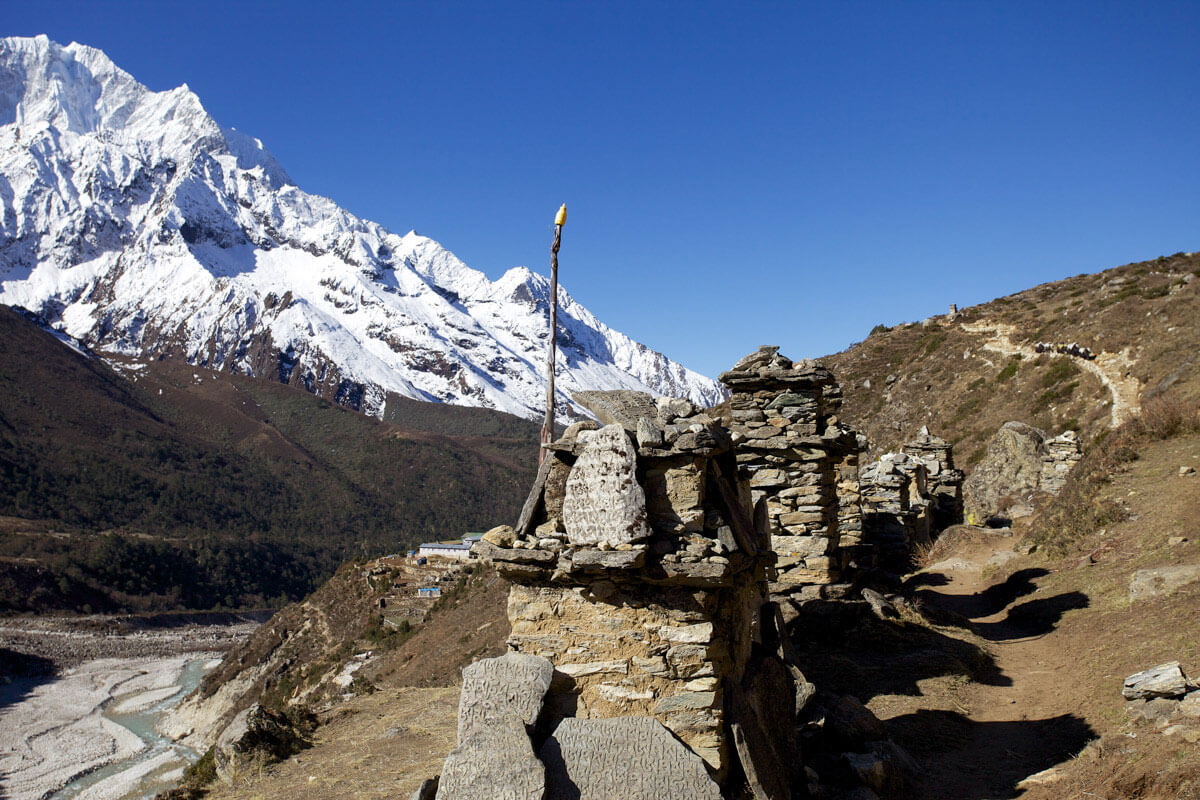
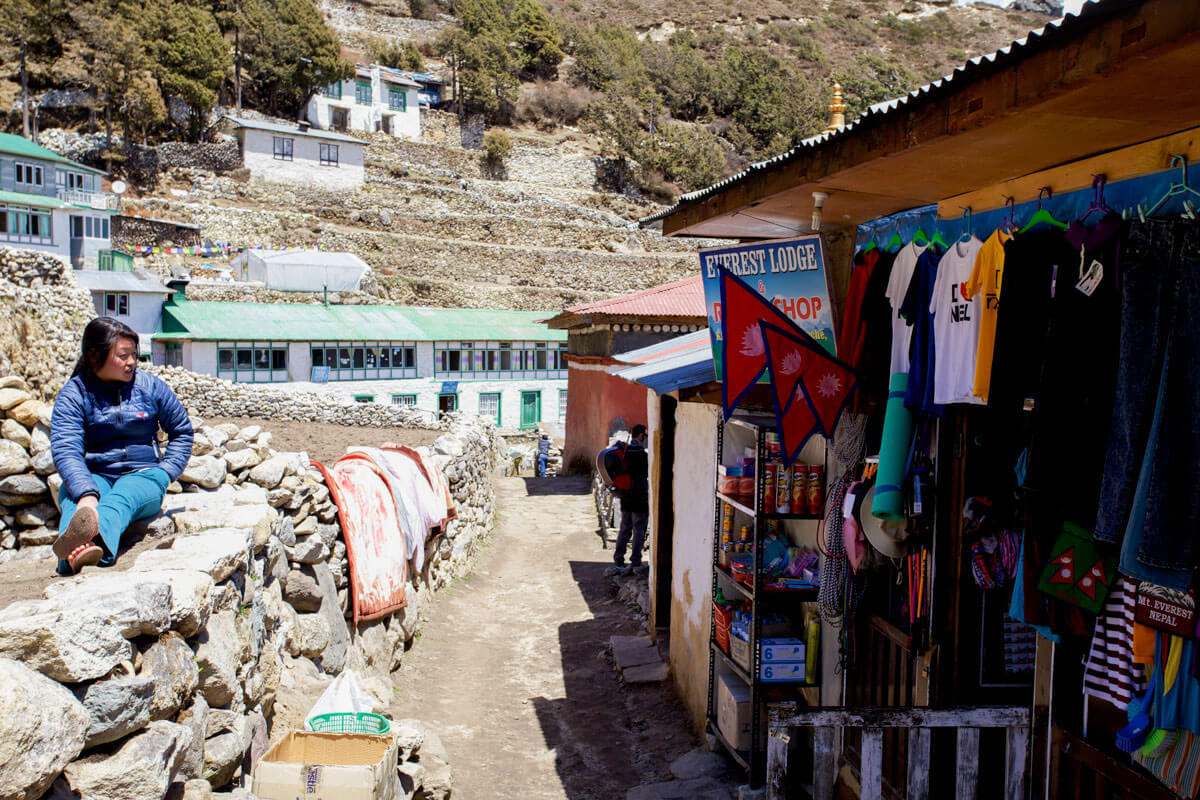
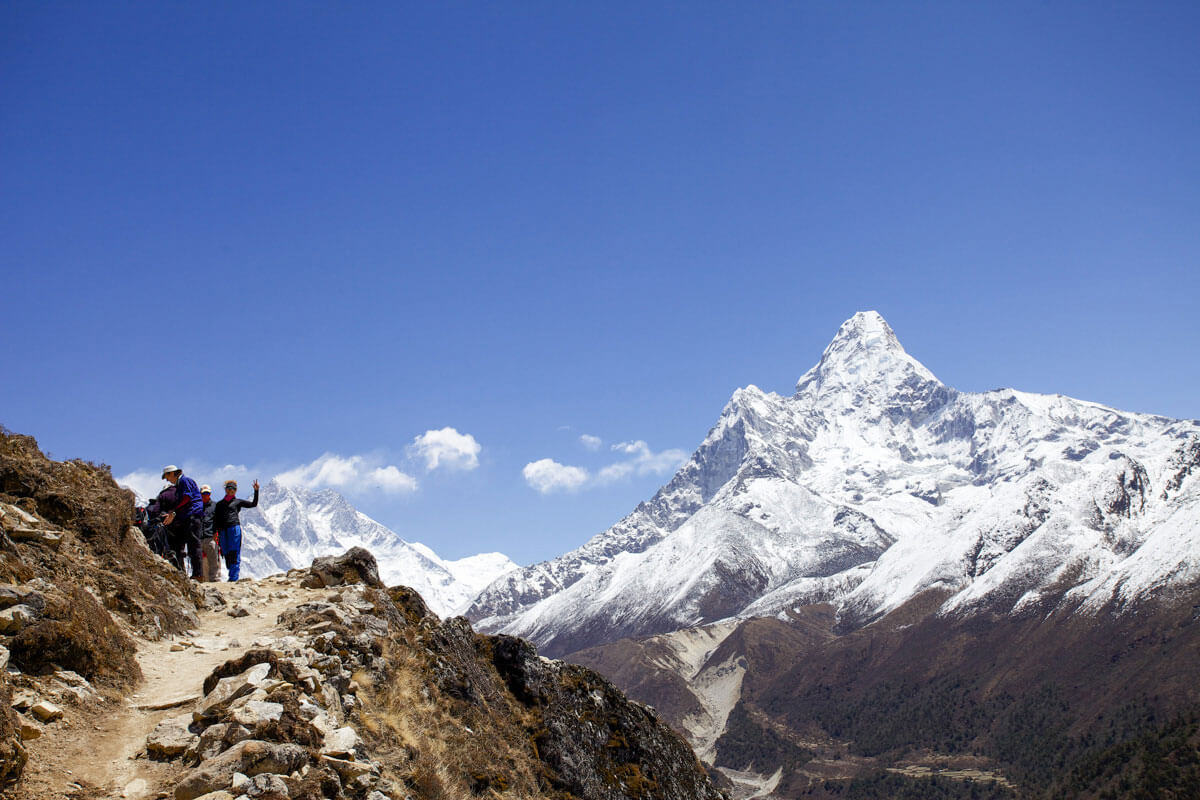
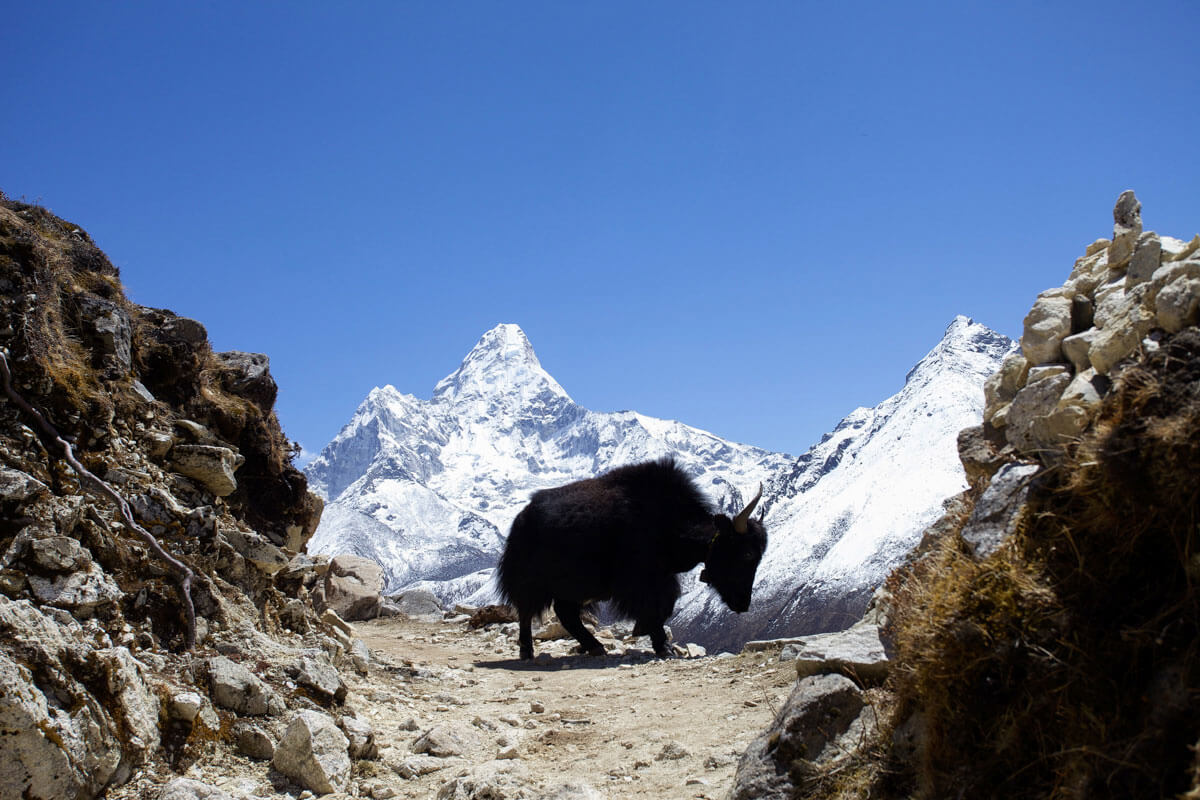
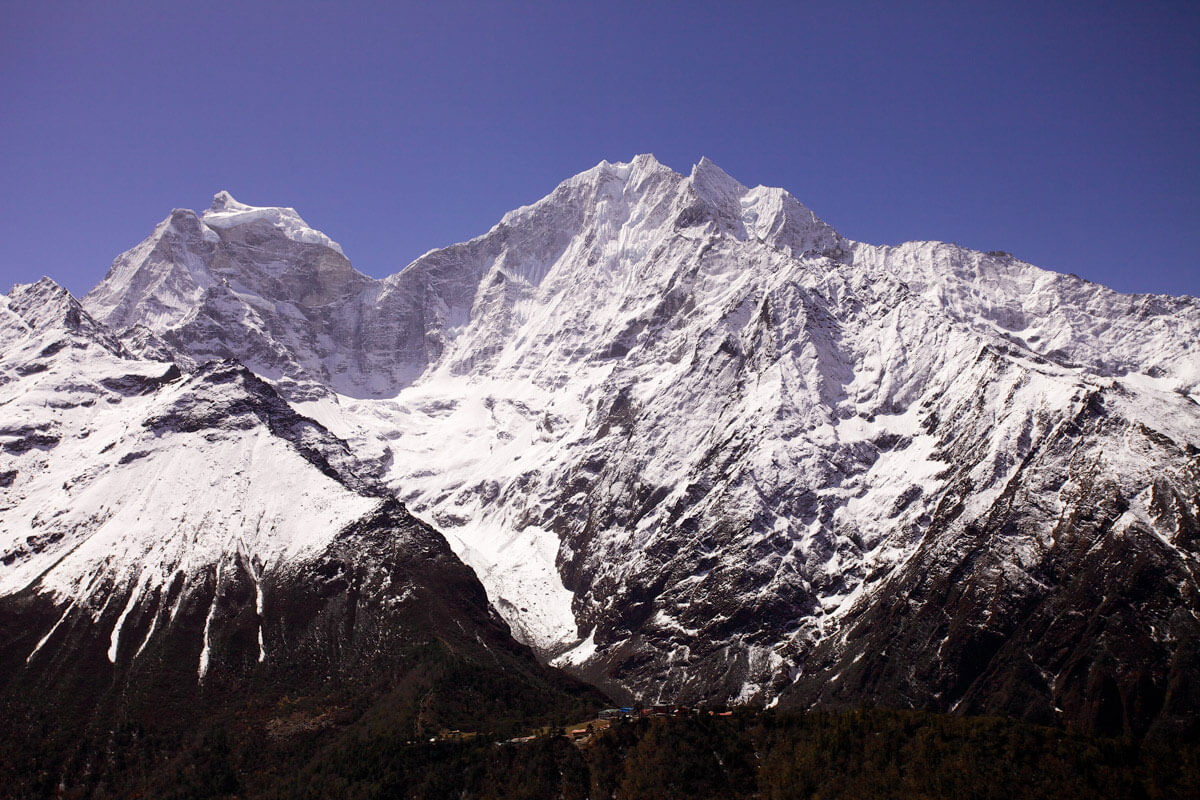
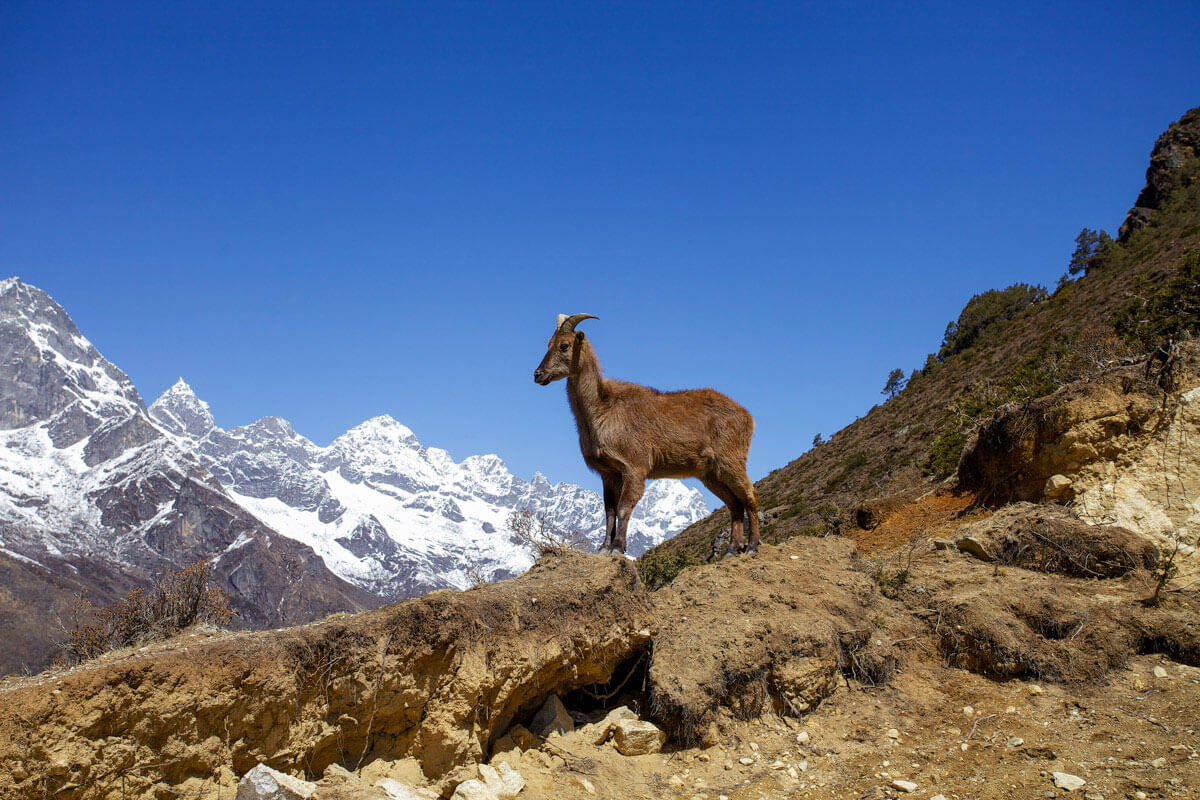
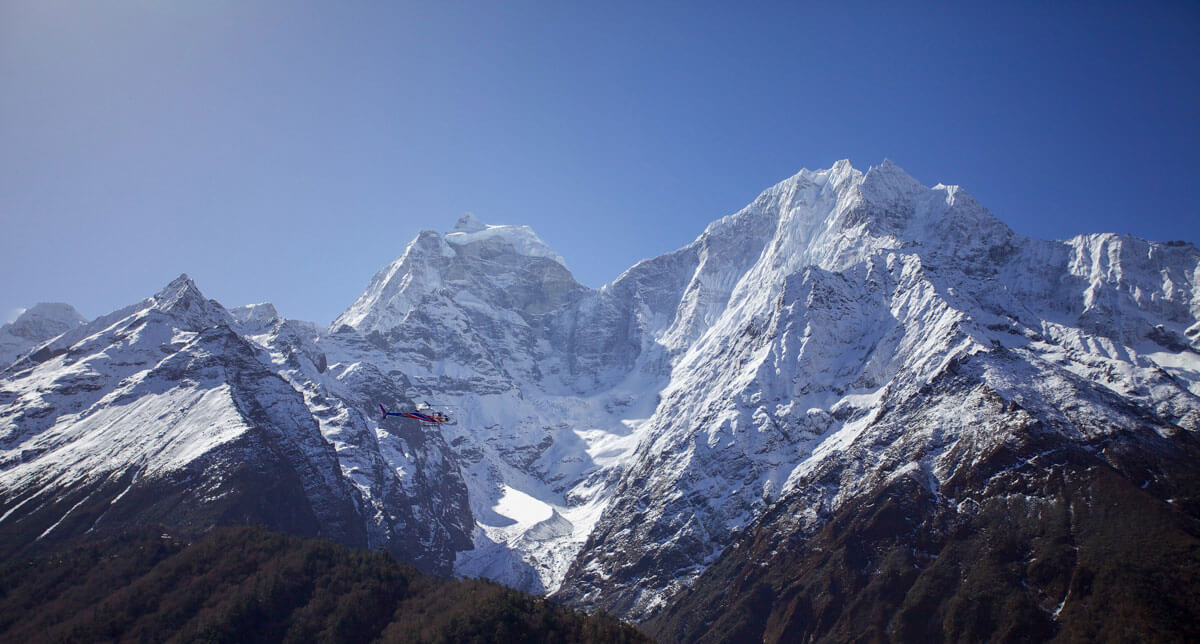
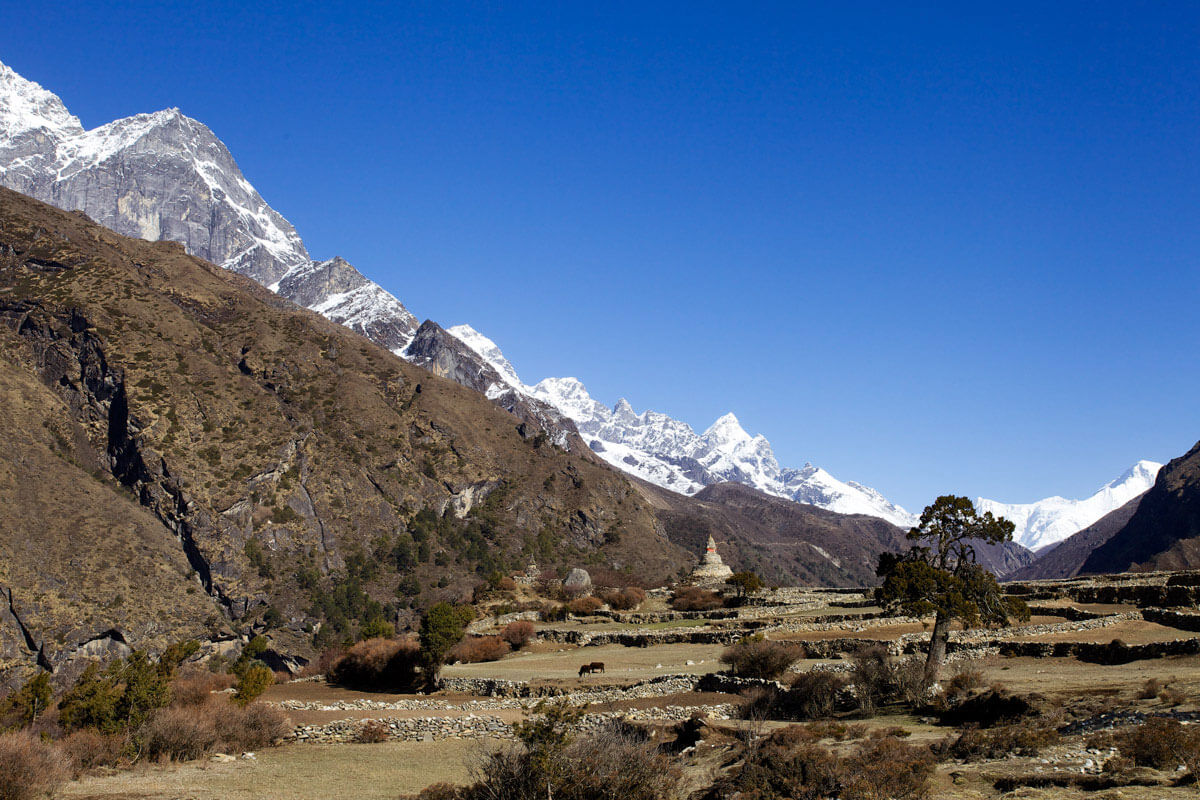
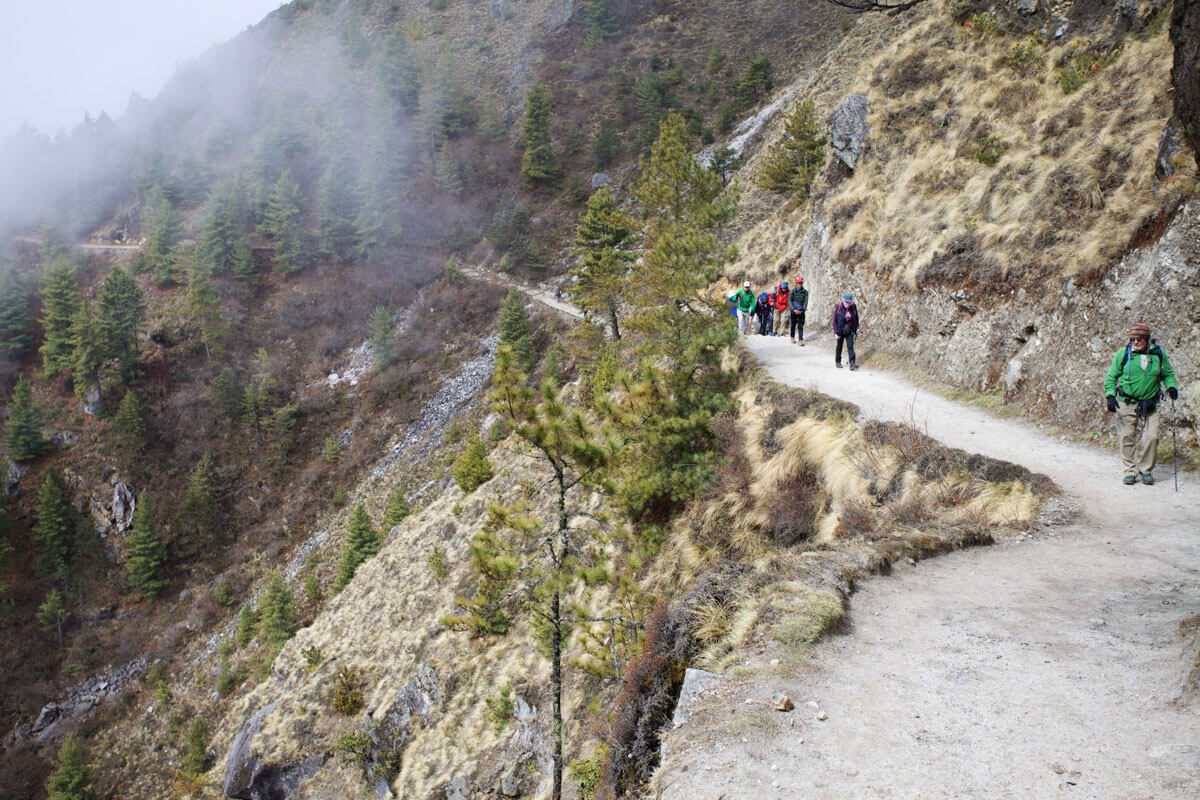
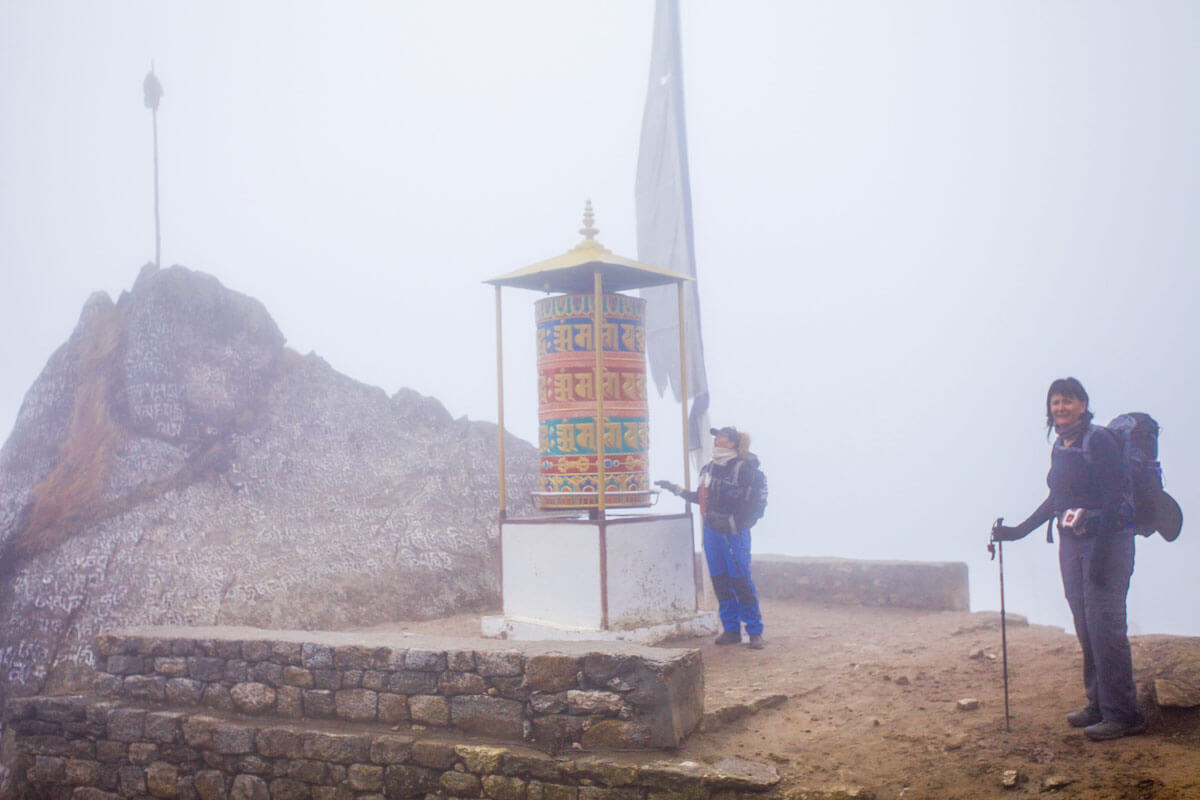
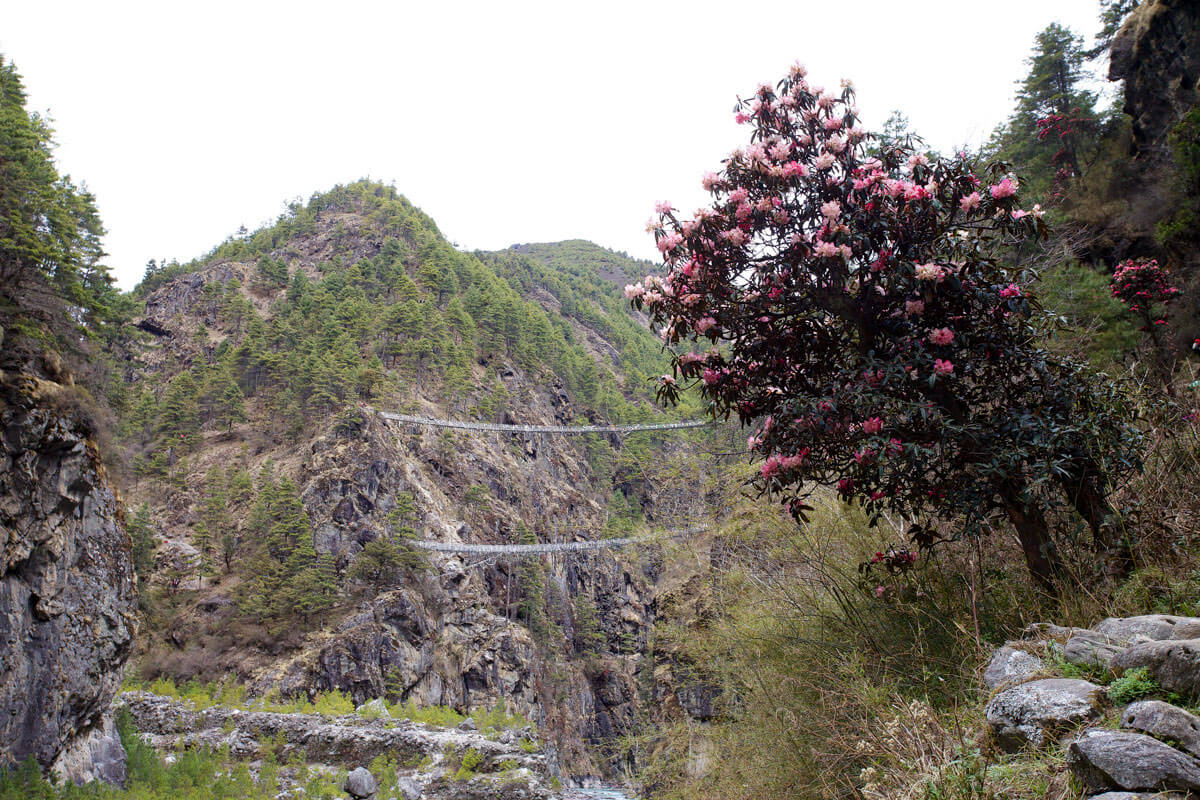
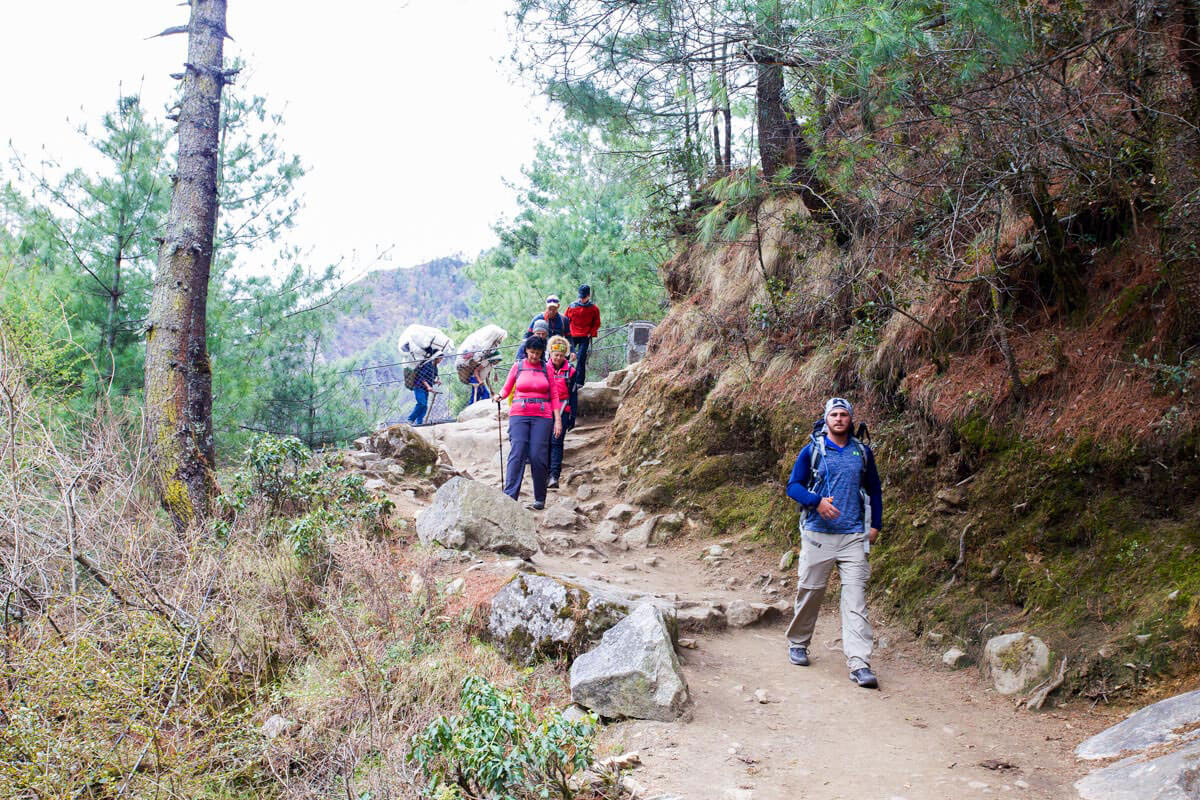
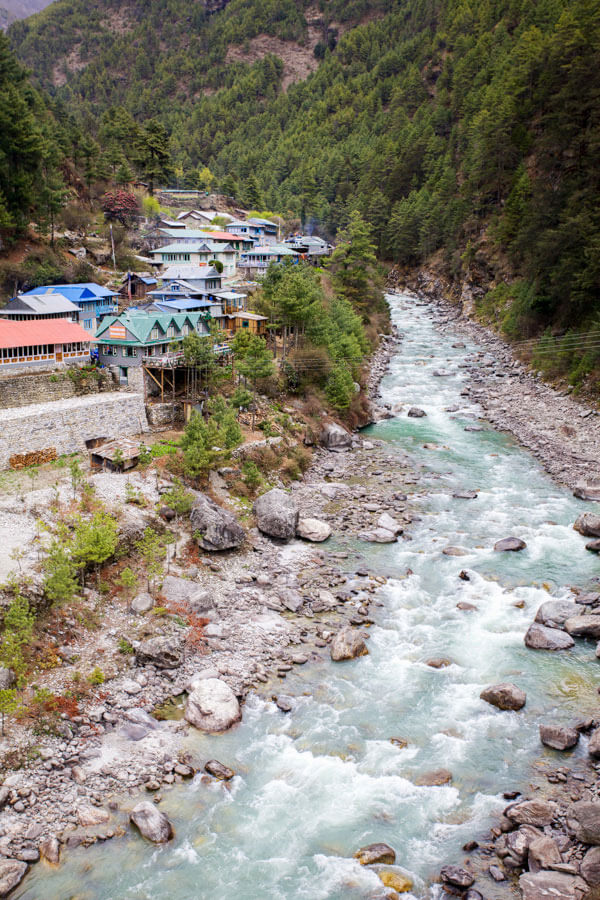
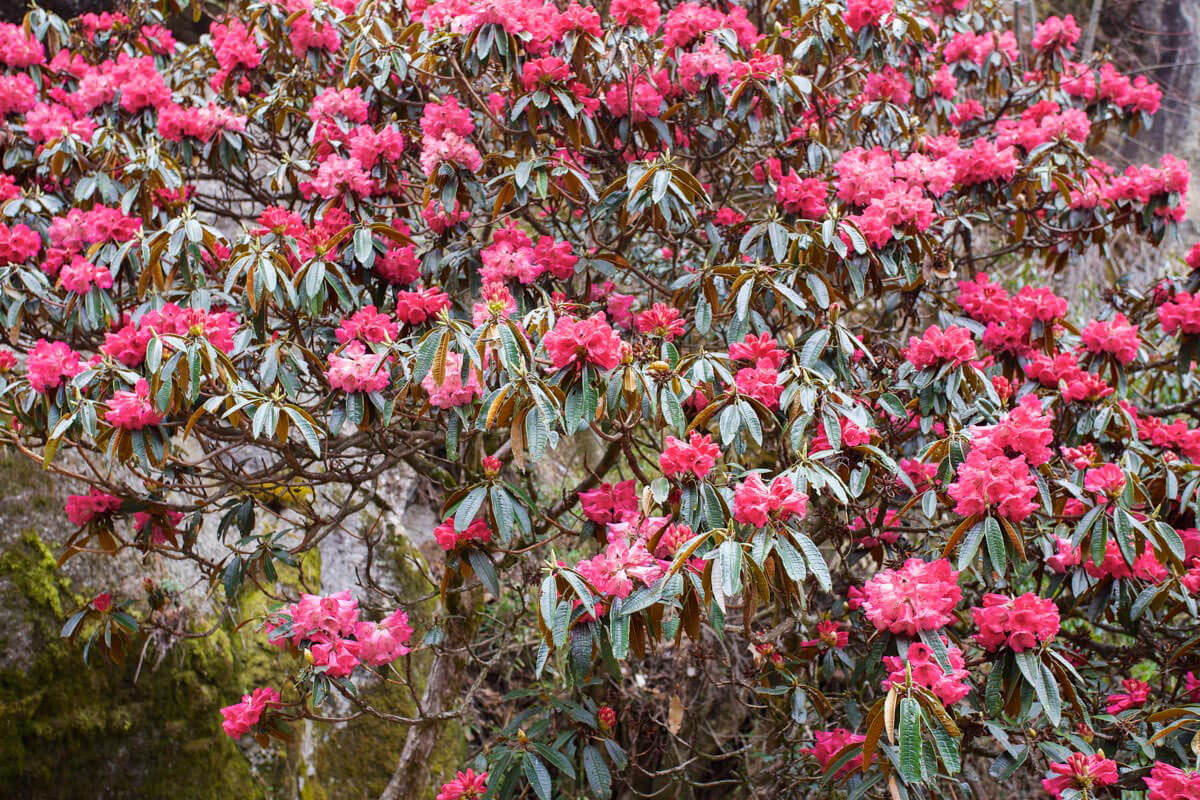
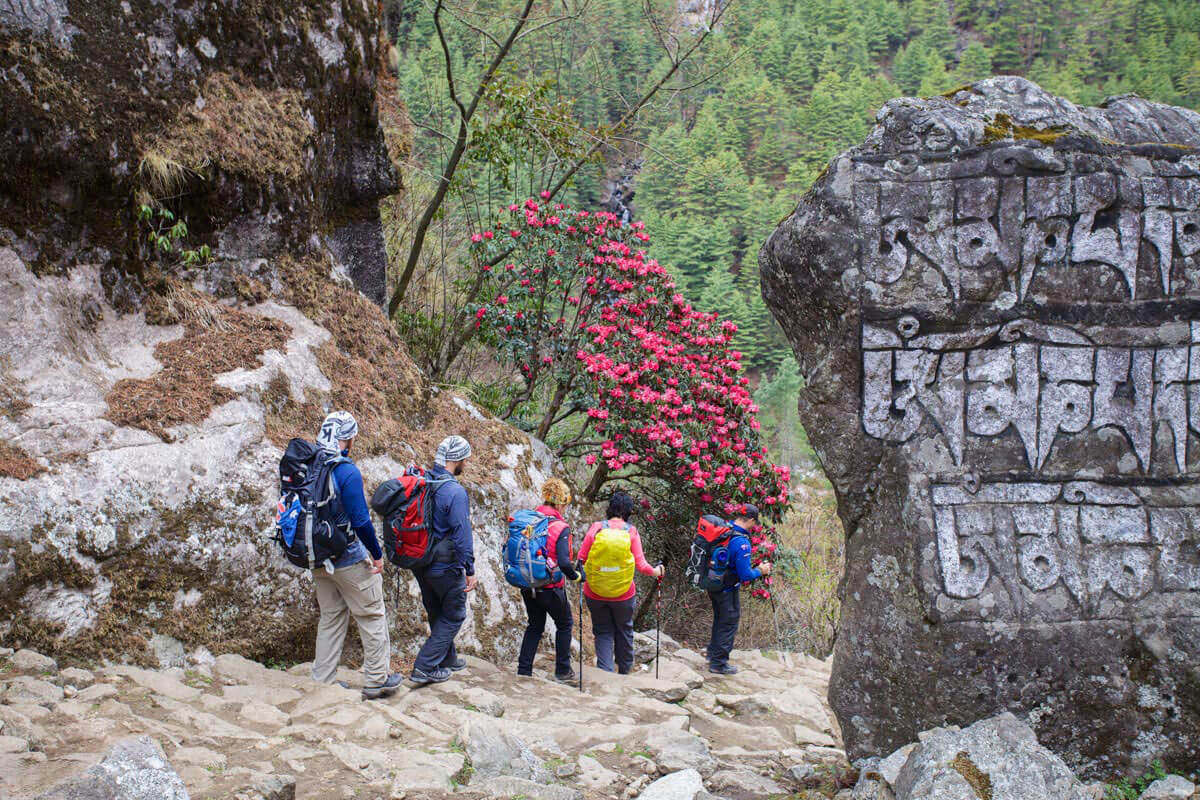
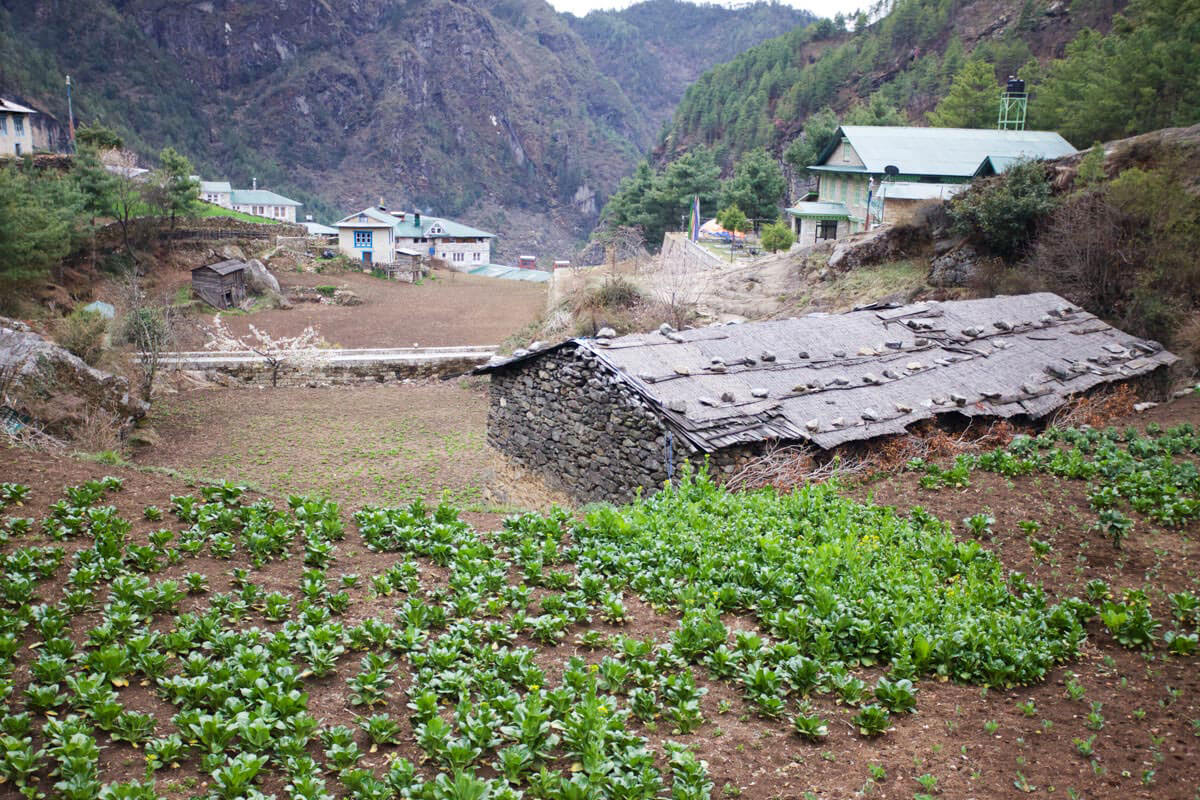
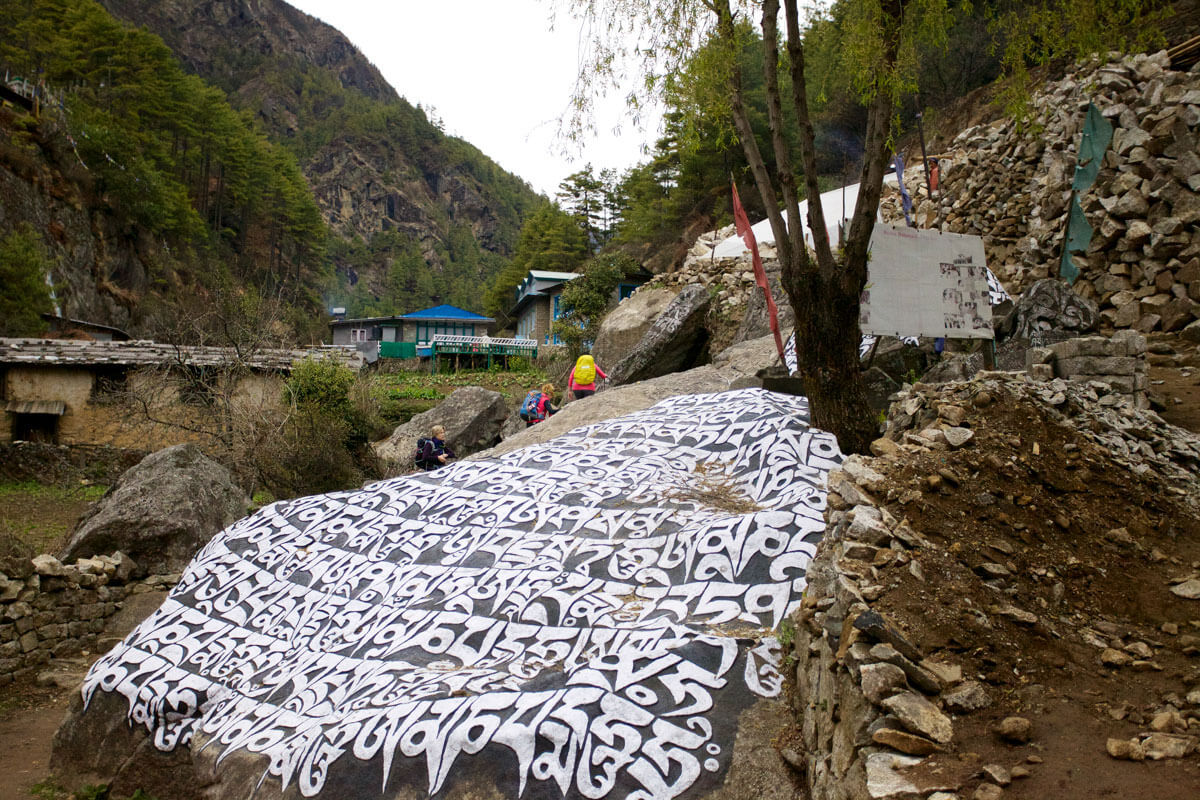
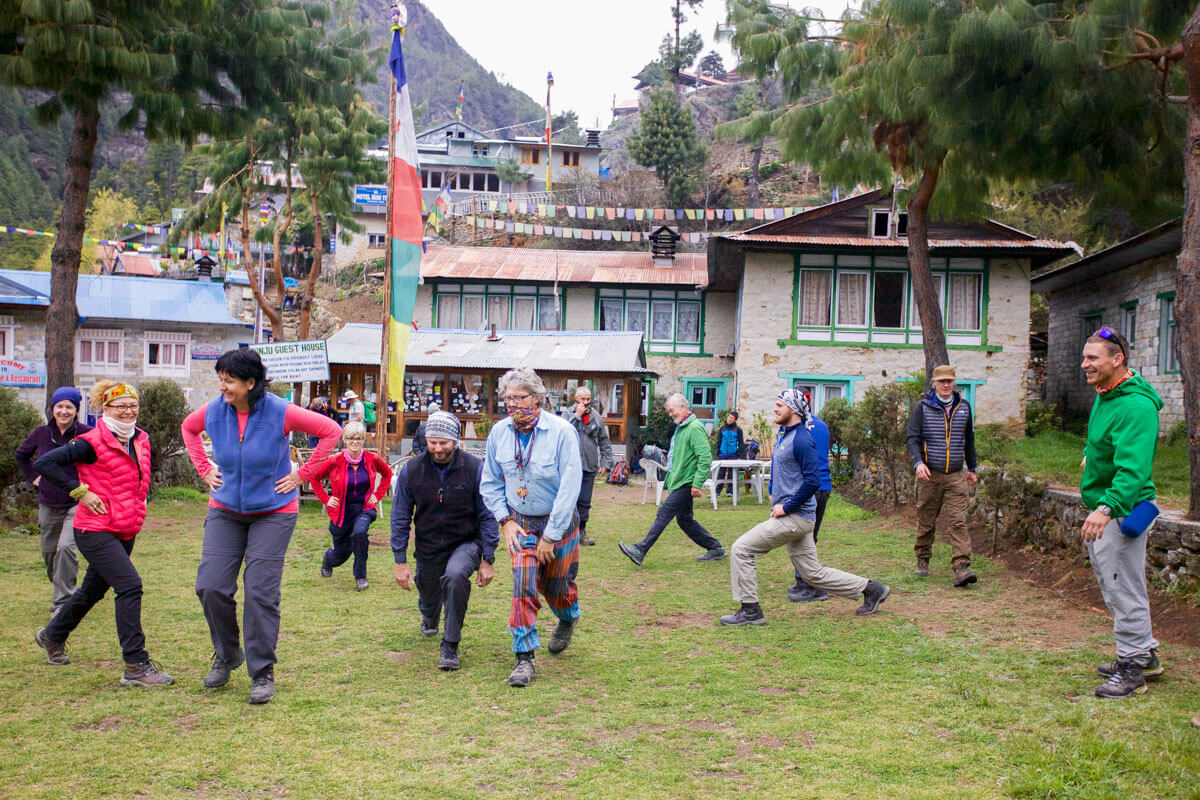
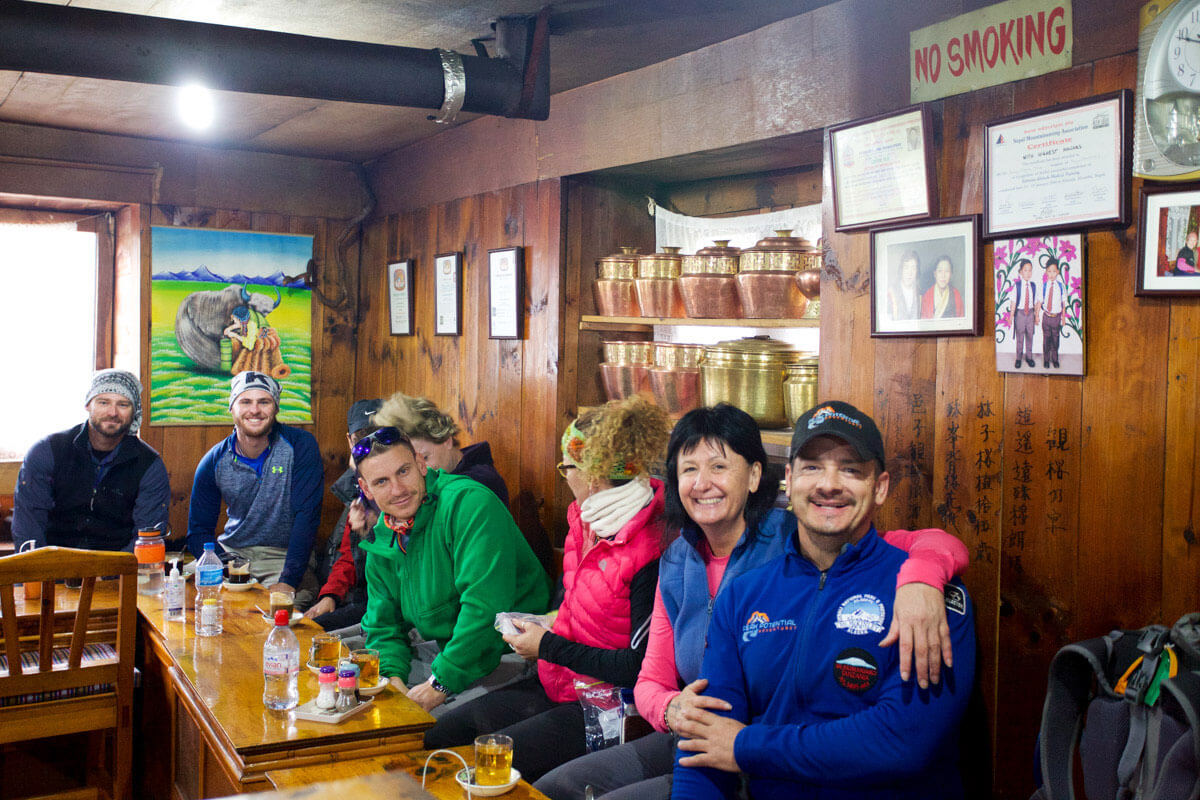
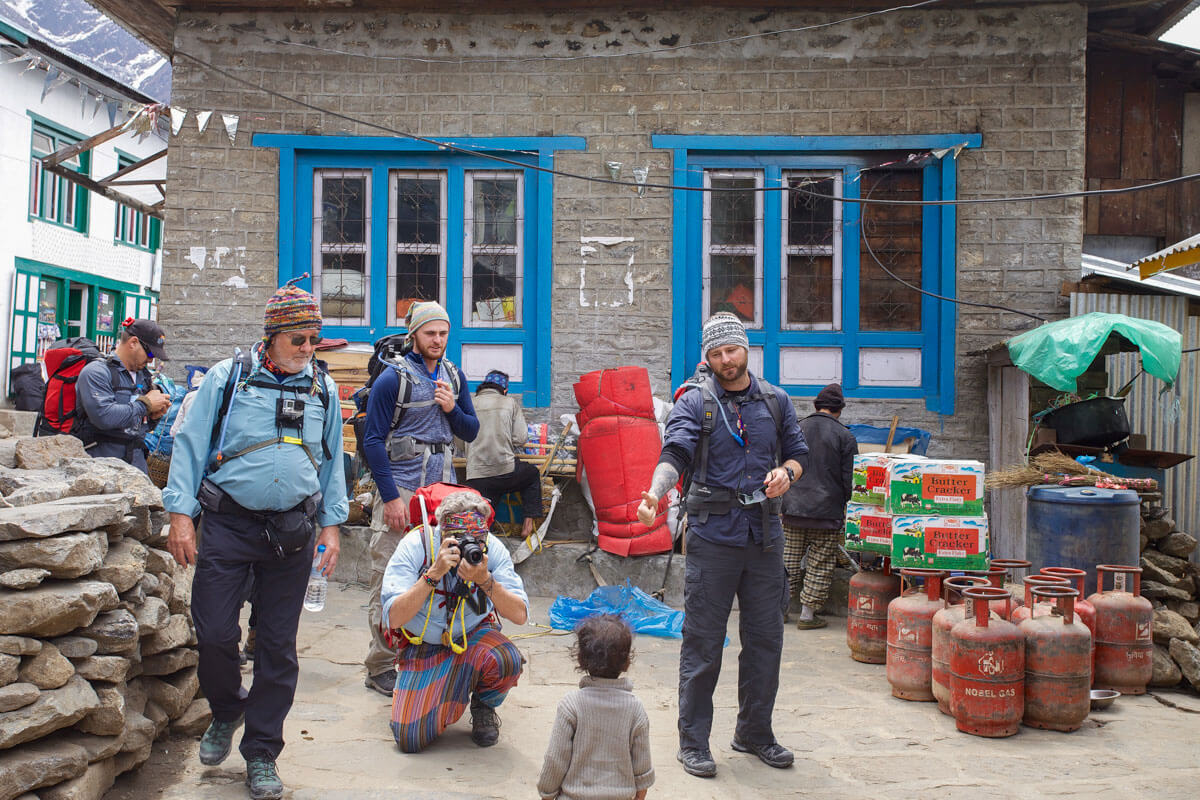
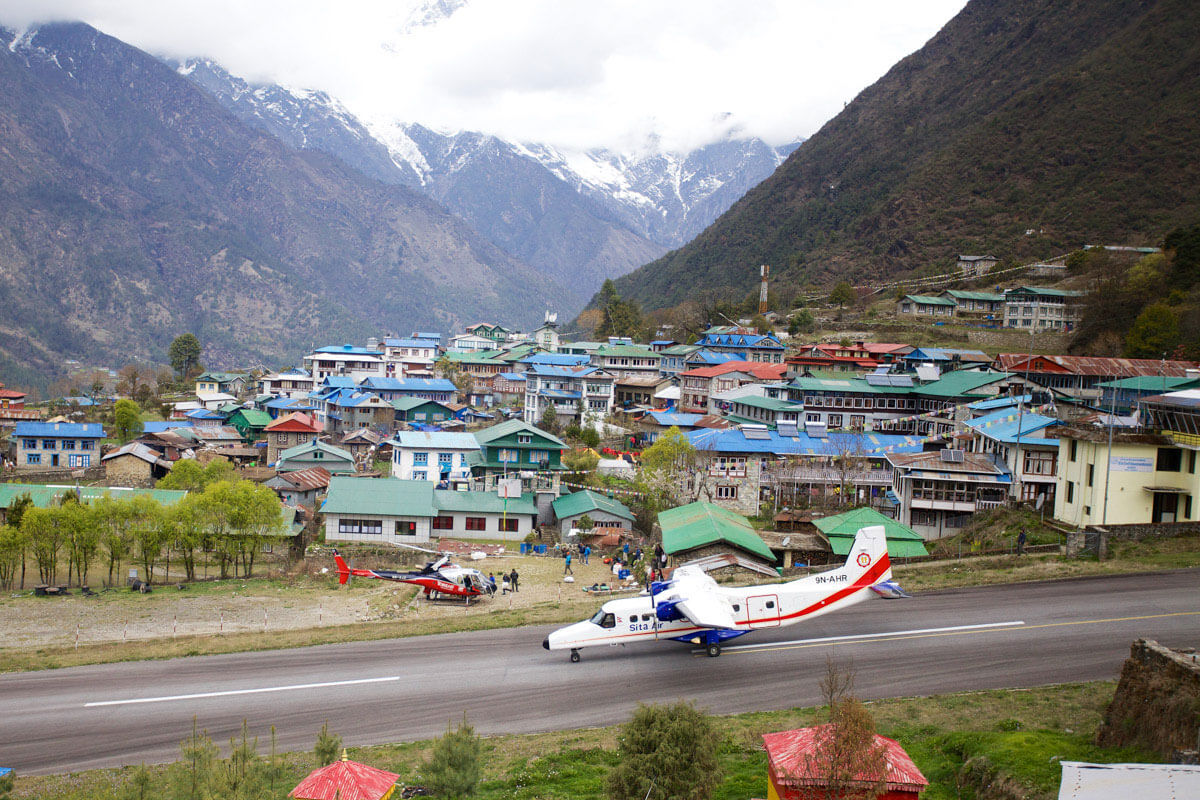
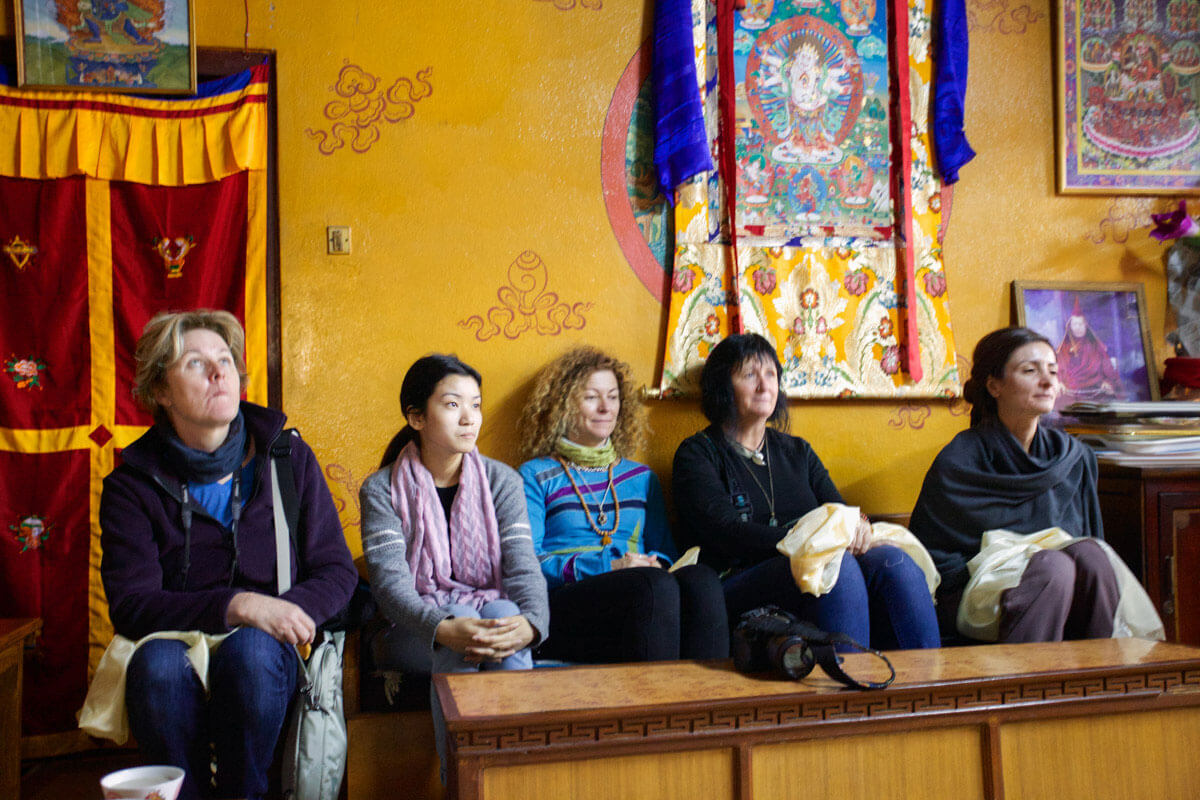
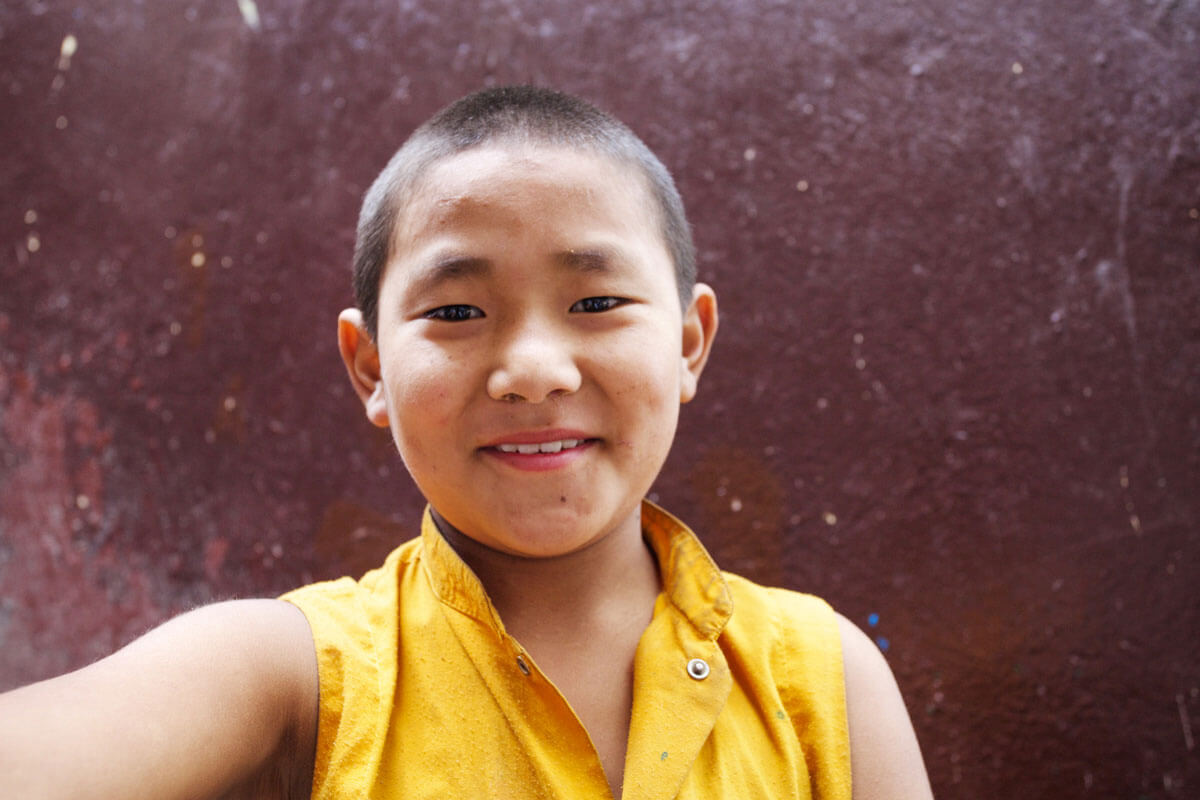
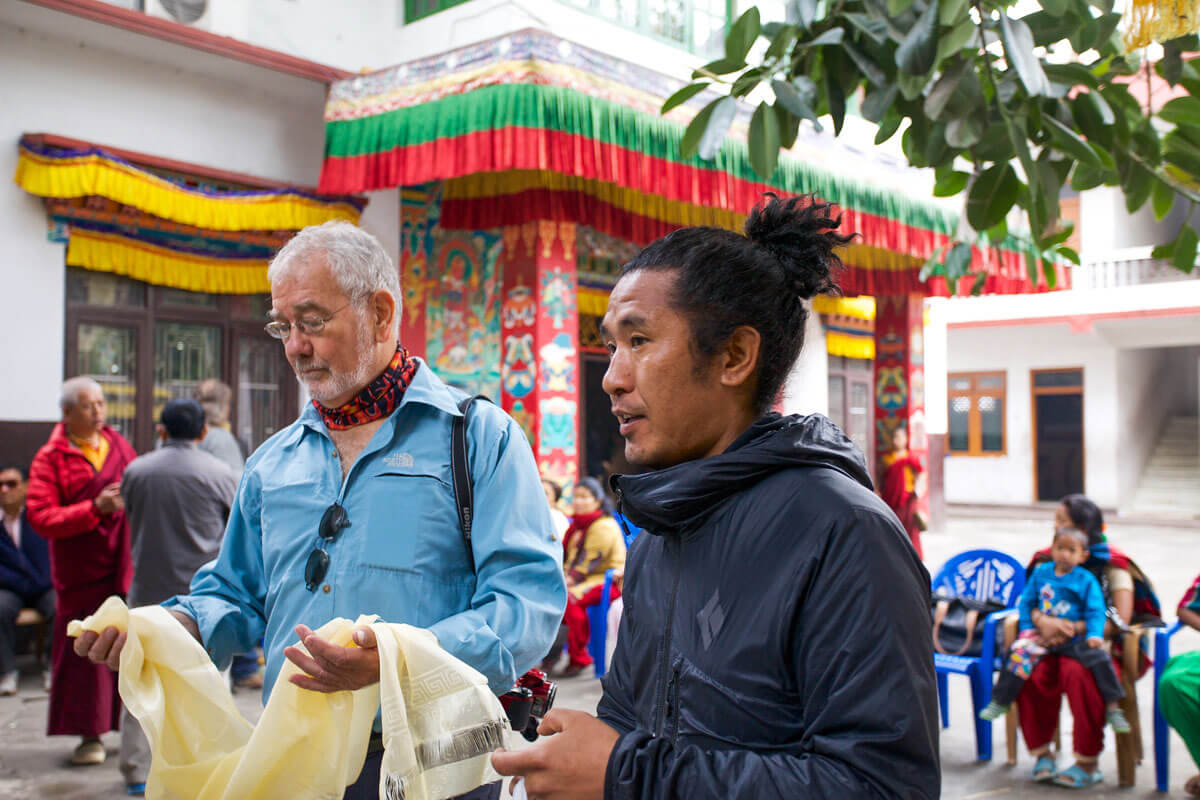





































Ready For The Adventure
We also have previous clients who are available to provide testimonials about their experience with Himalayan Ascent - please contact us for more information: sumit@himalayanascent.com
Enquire Now → Book This Trip →
